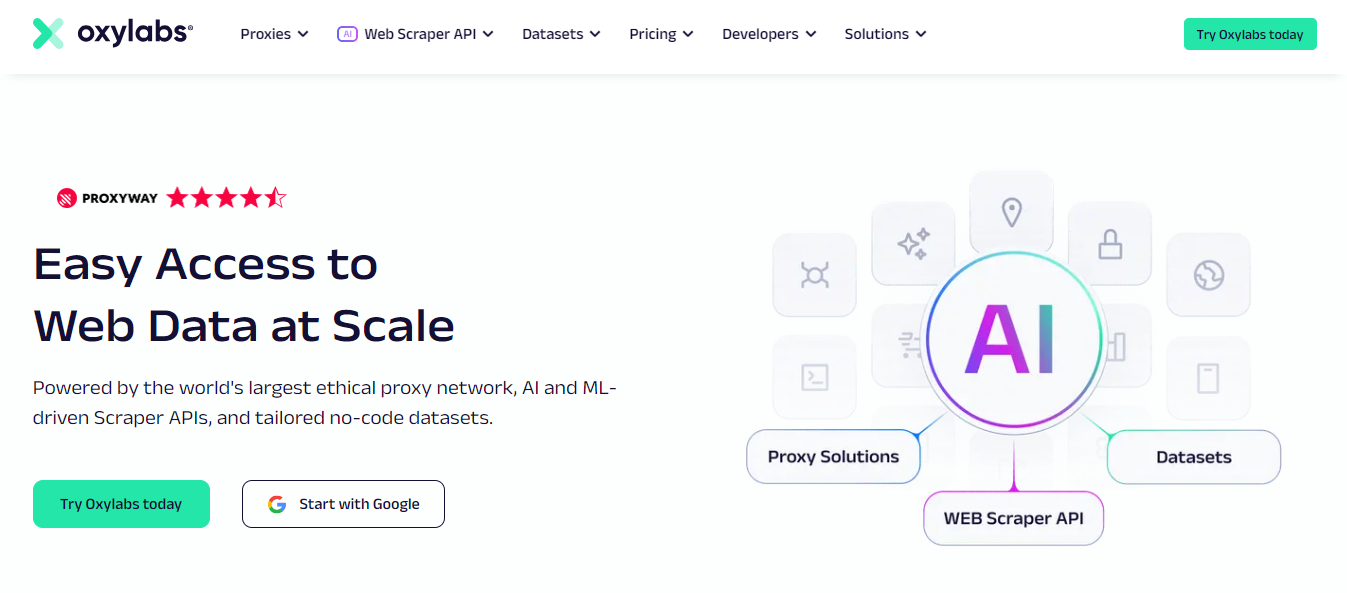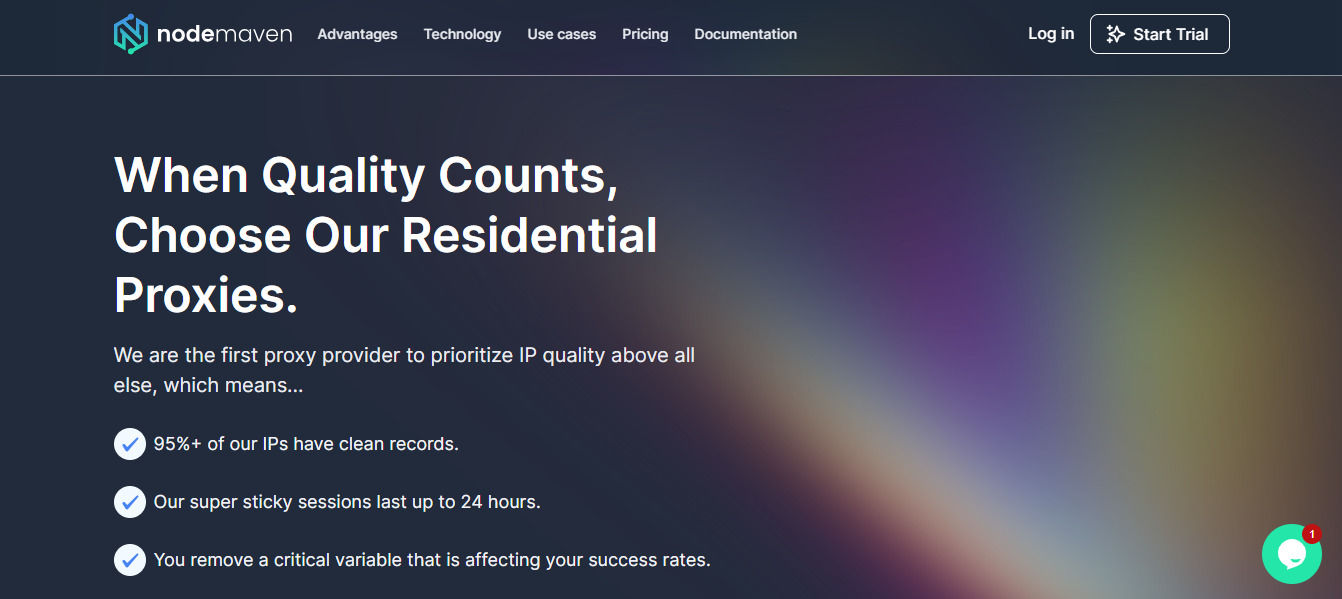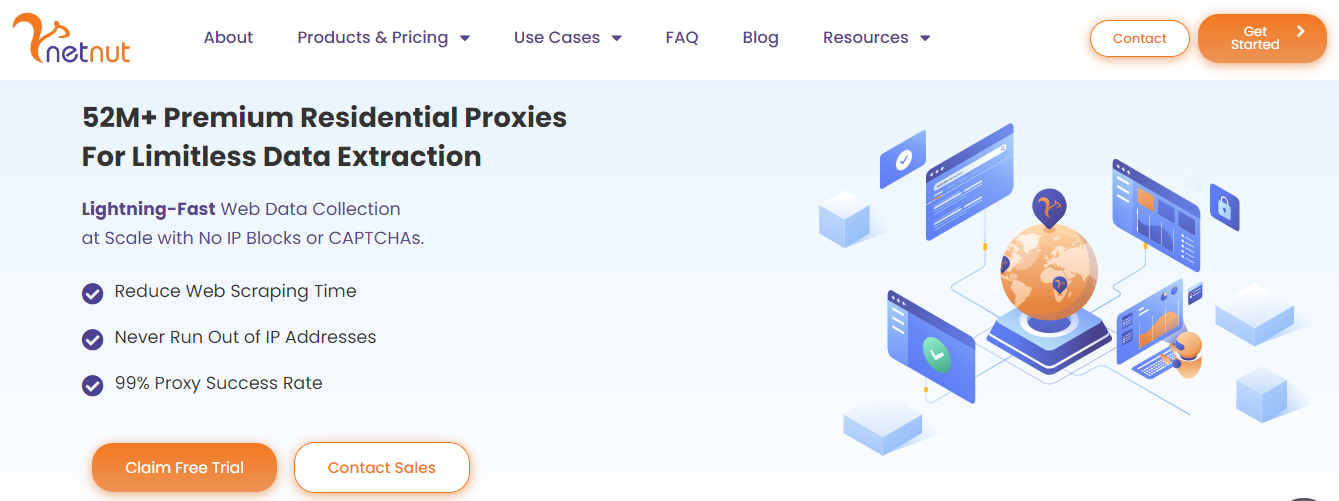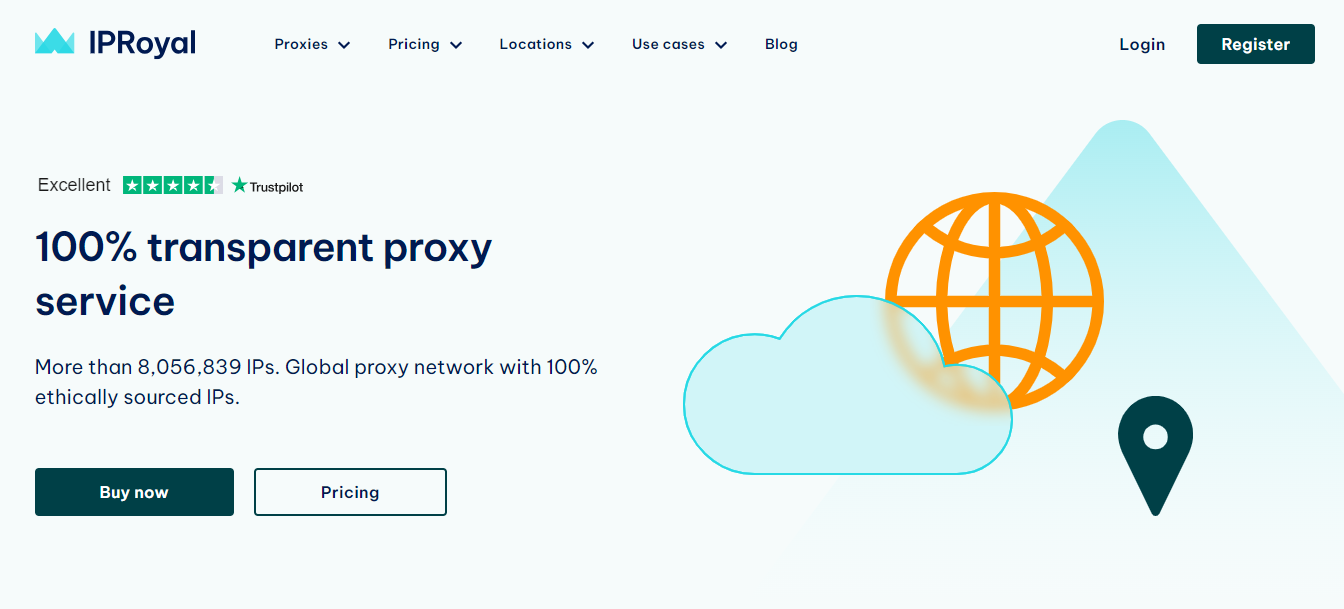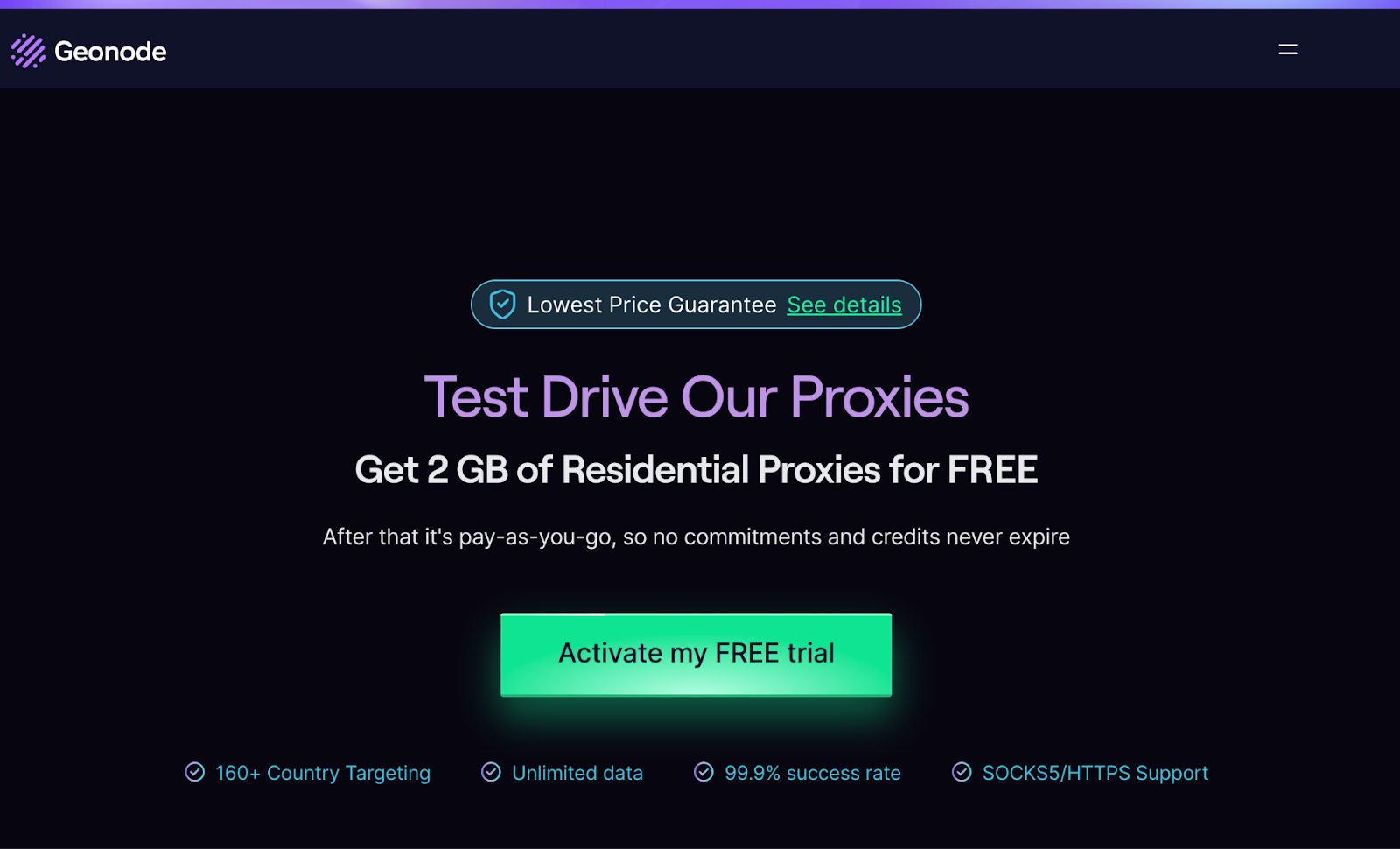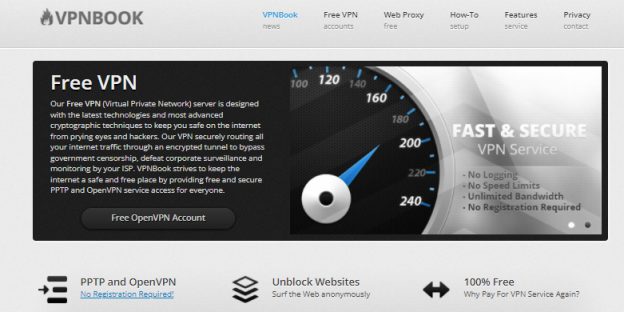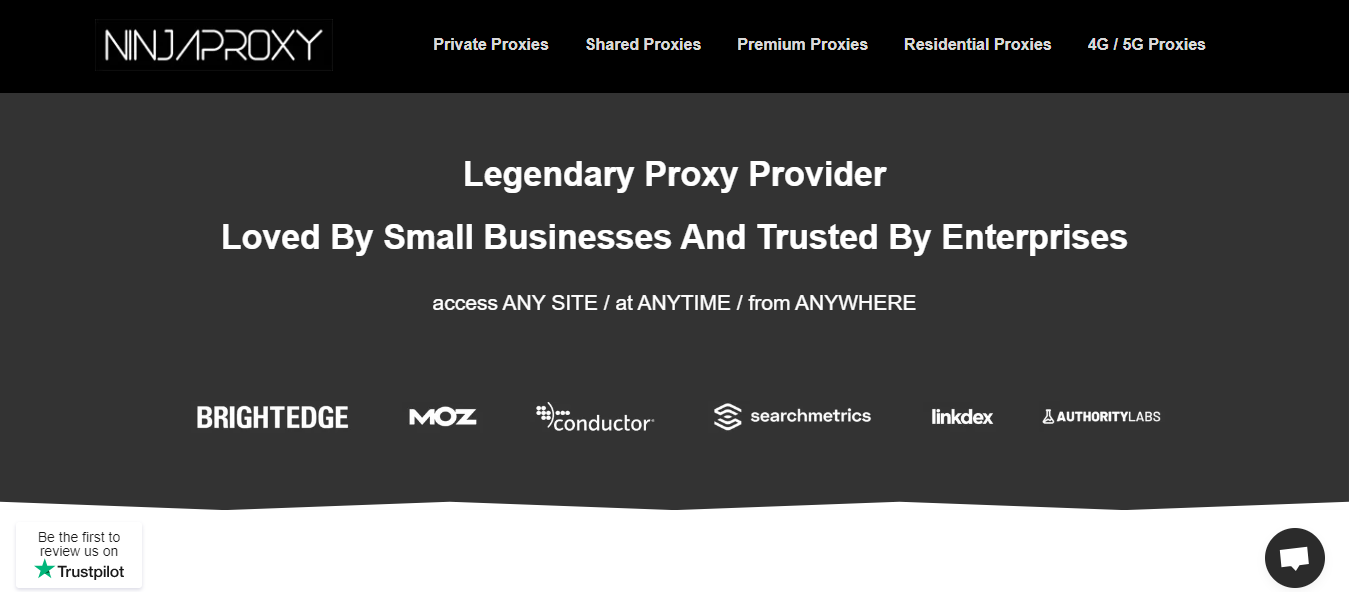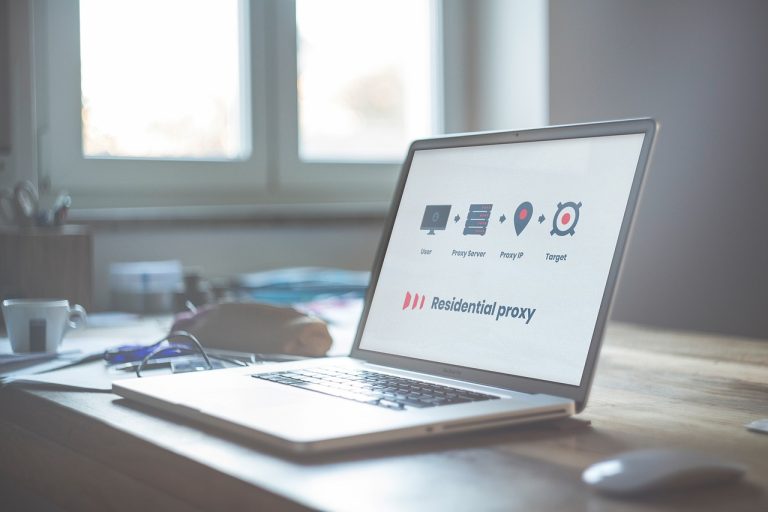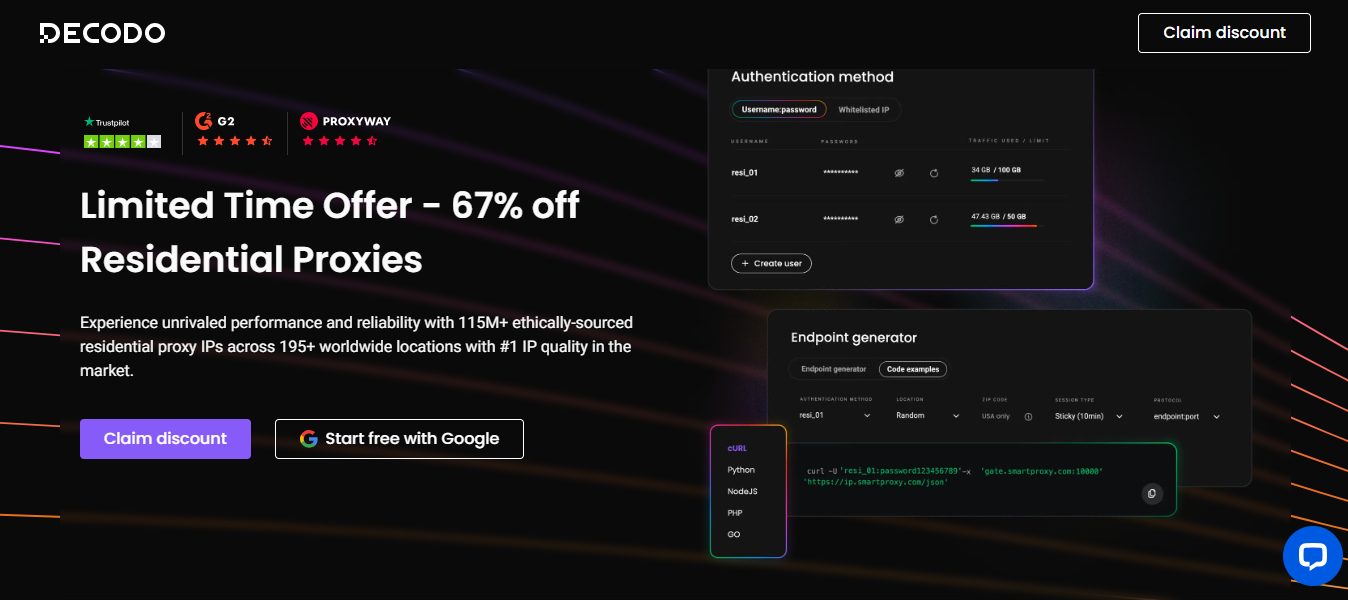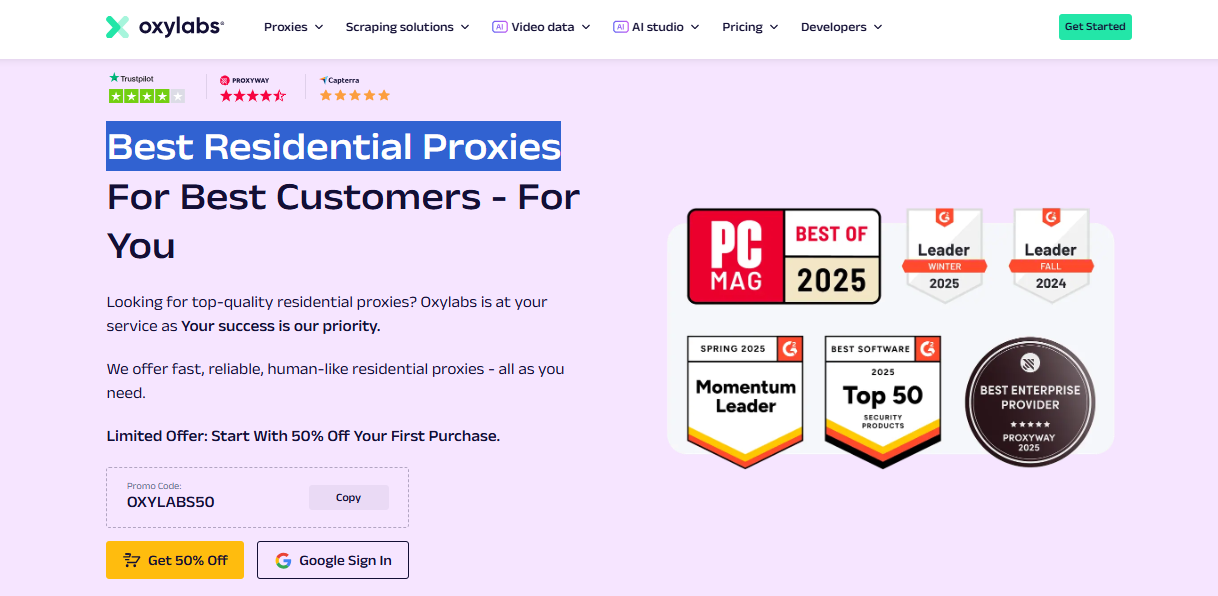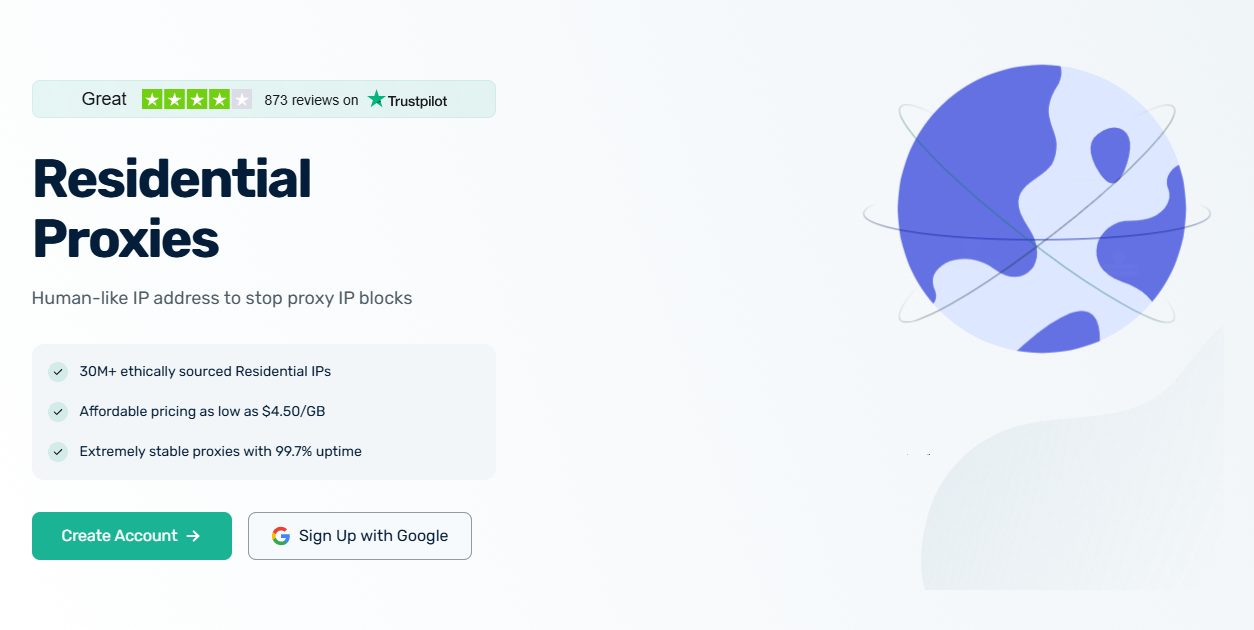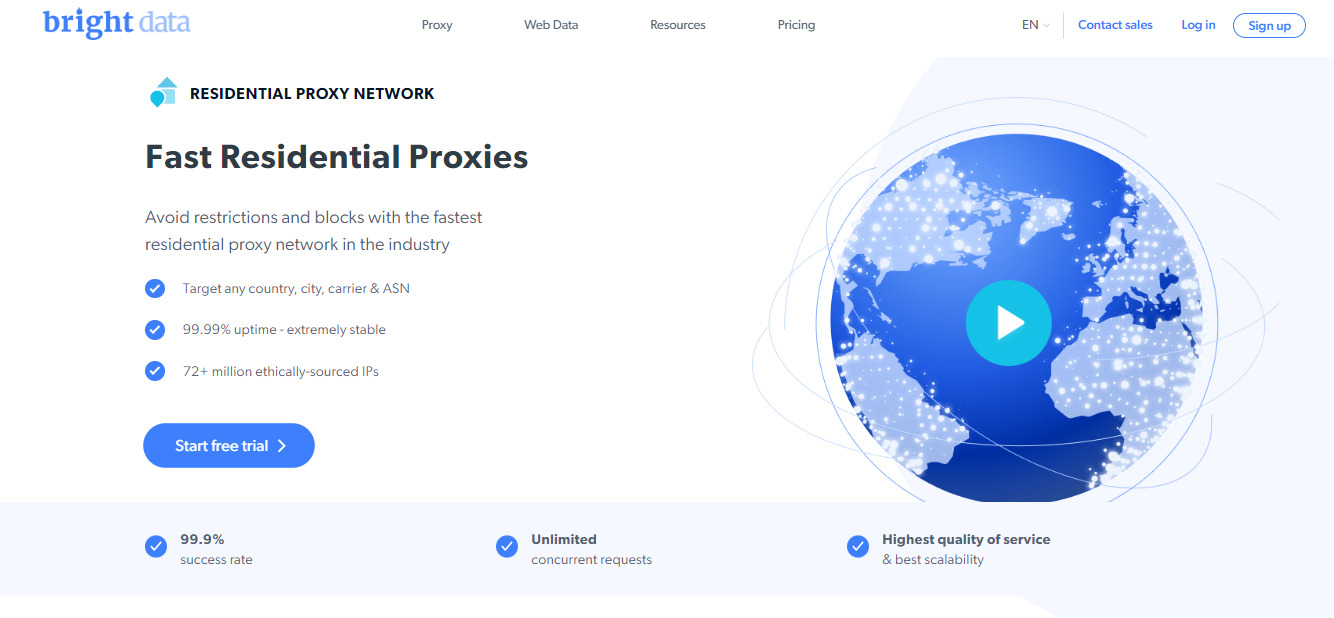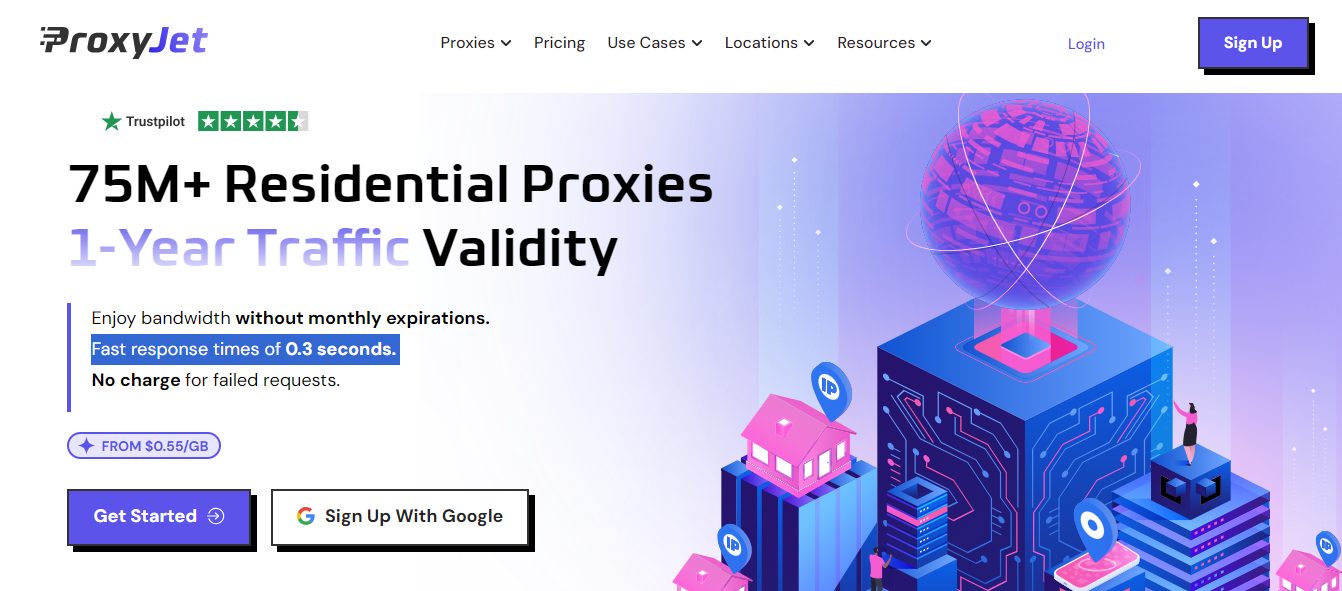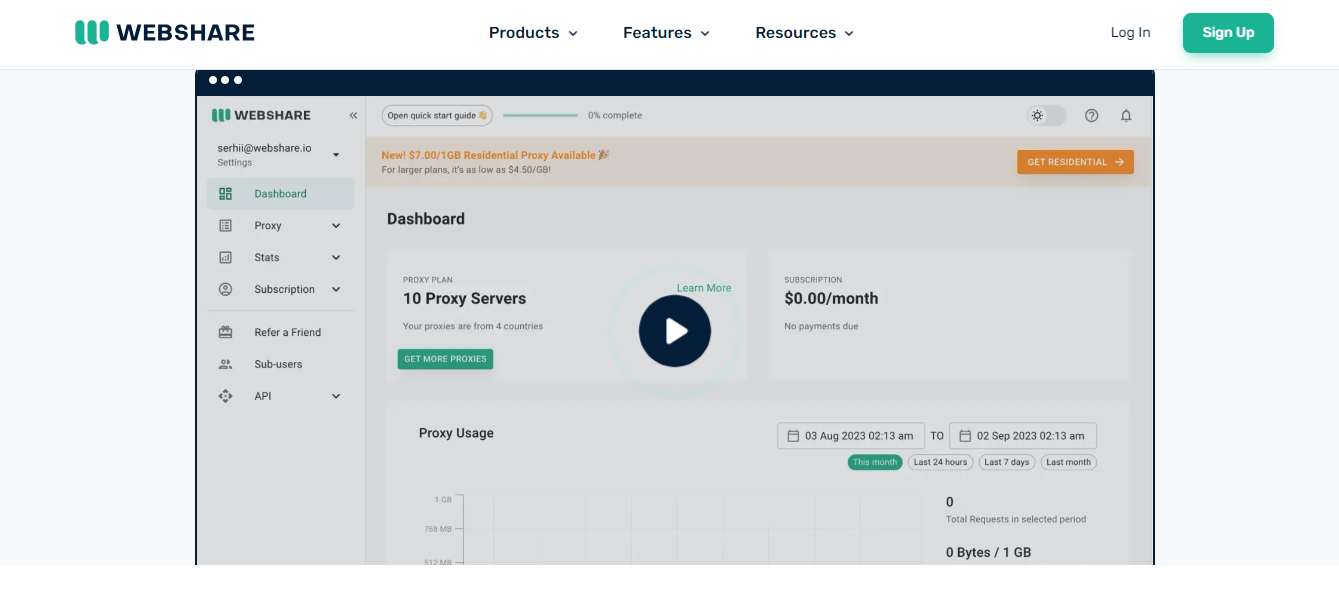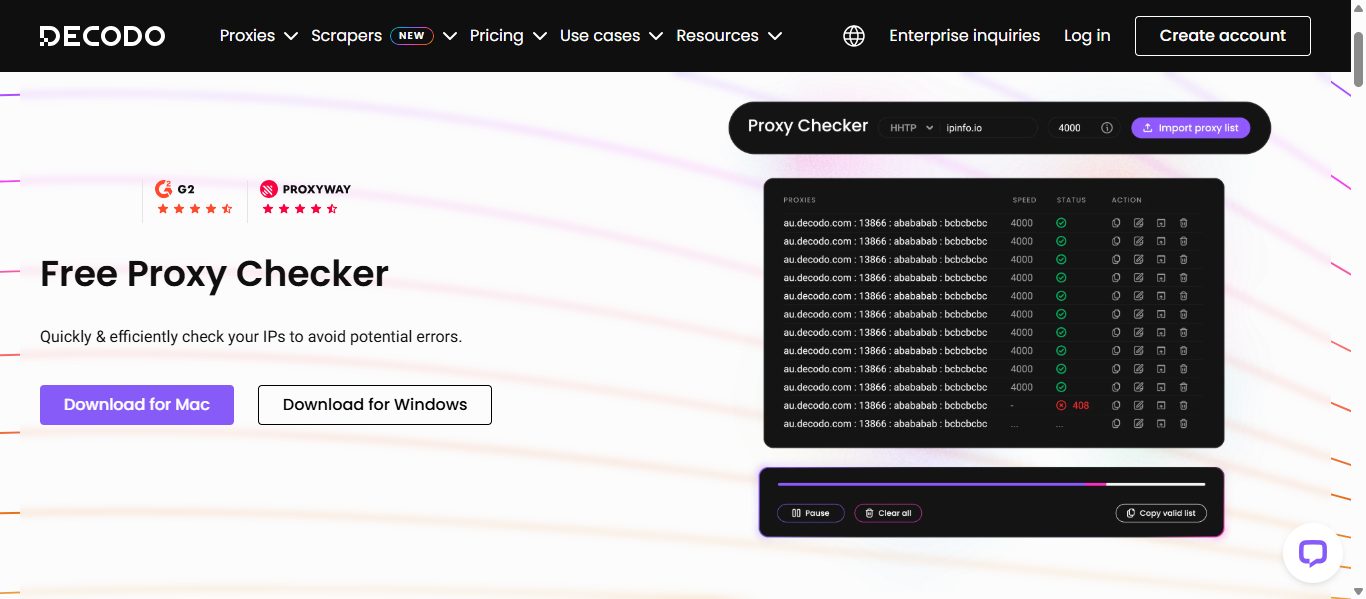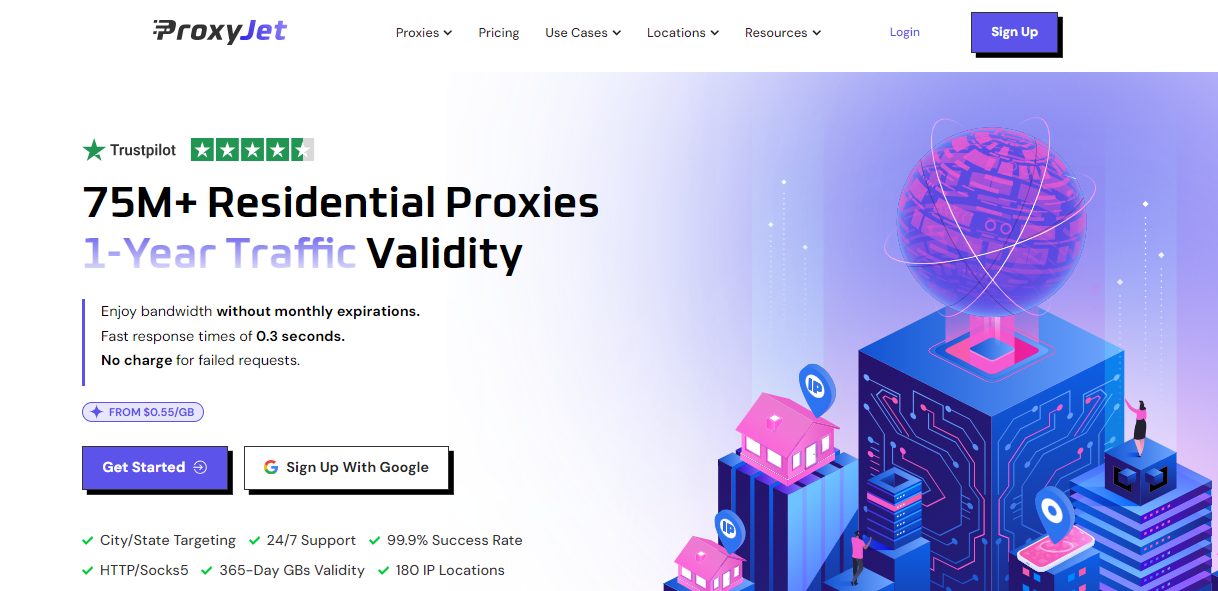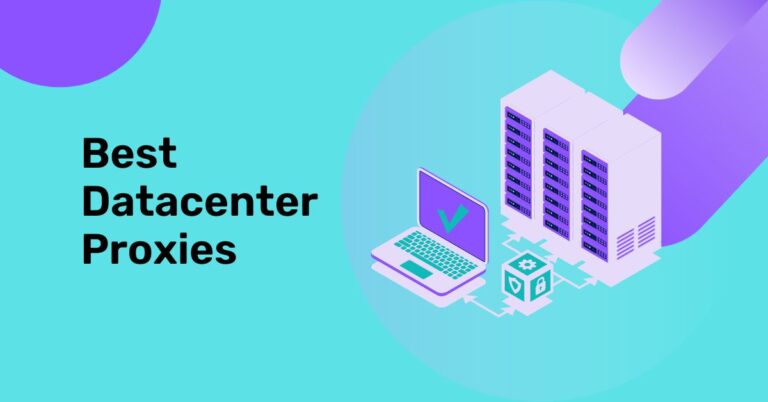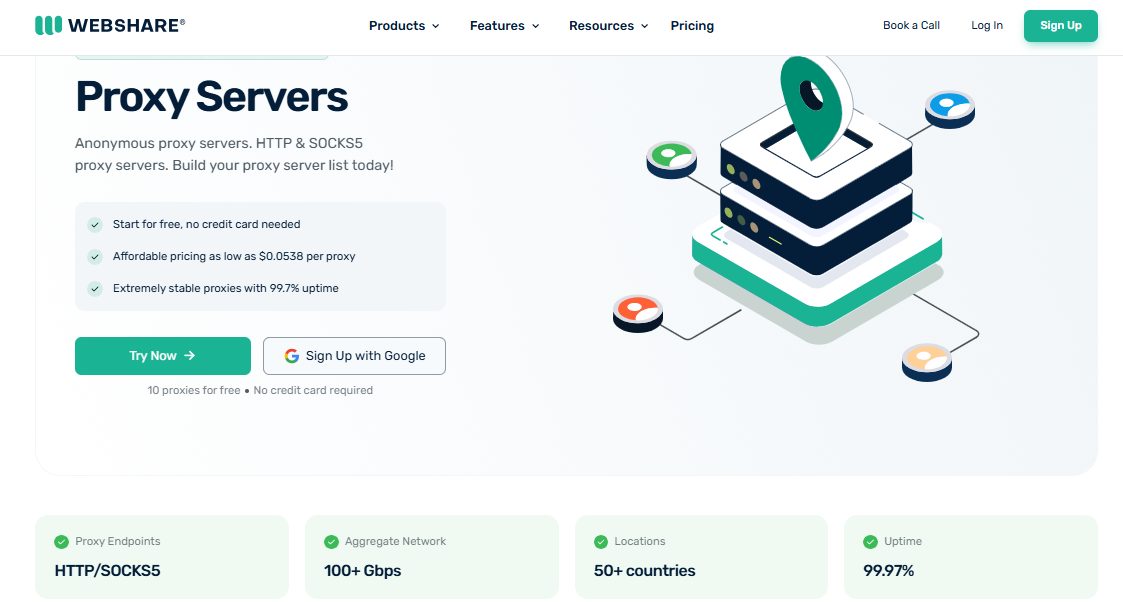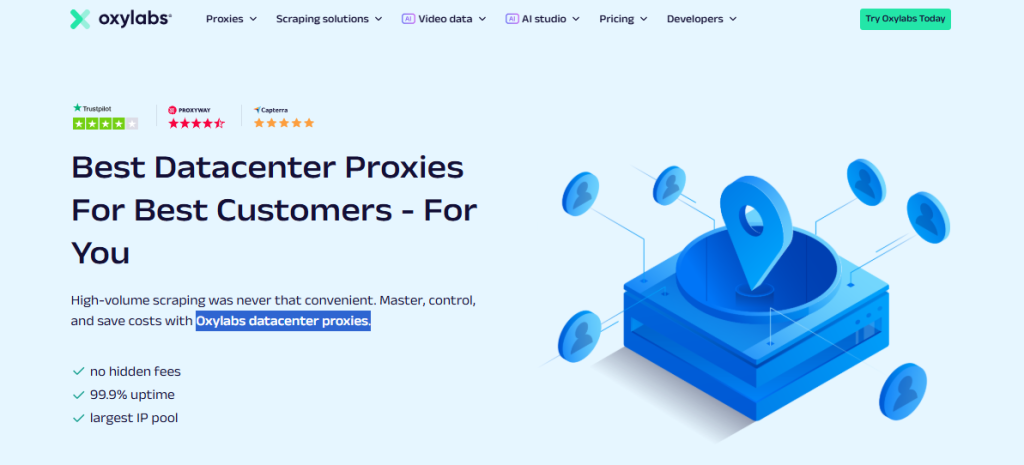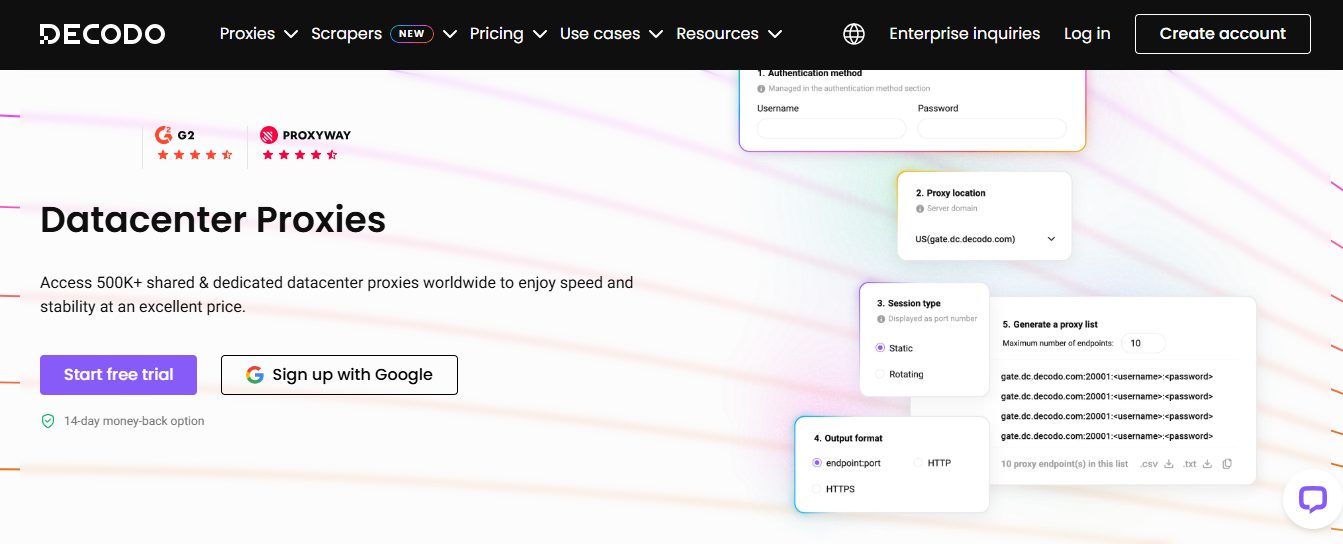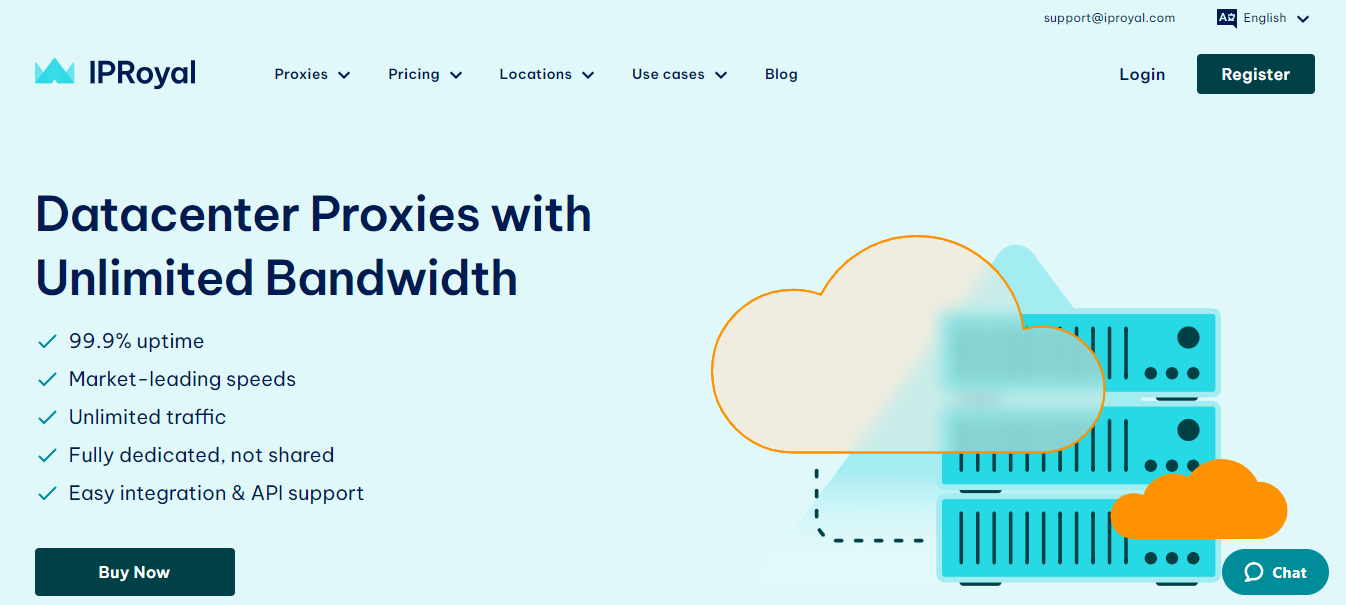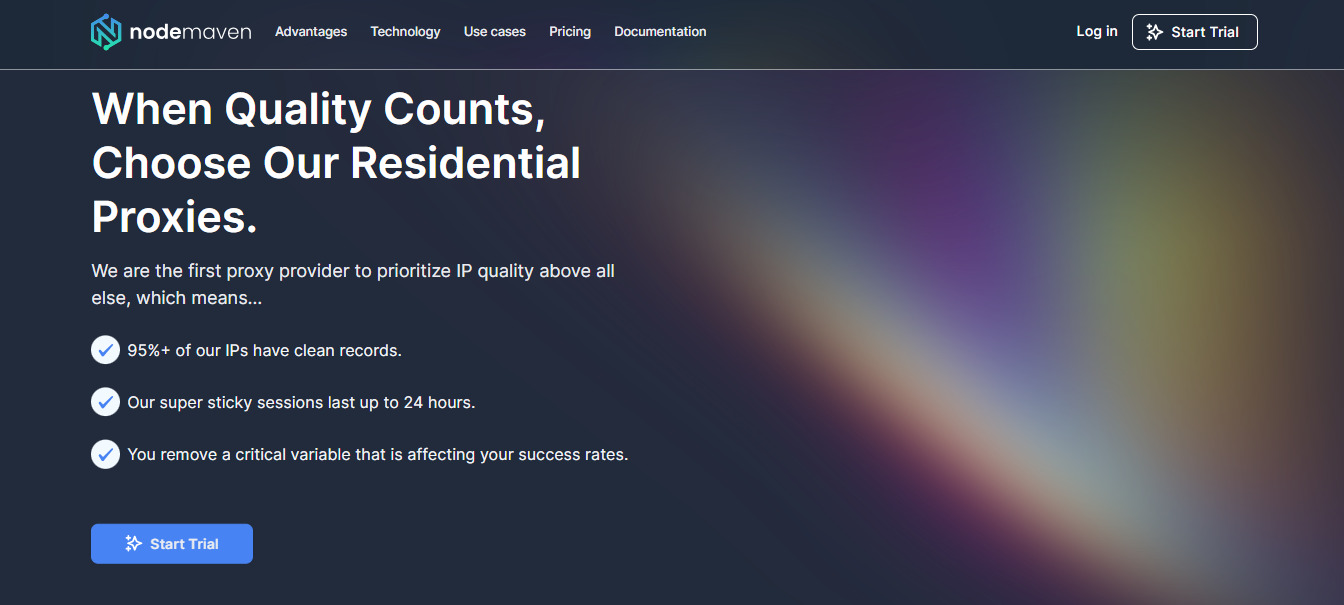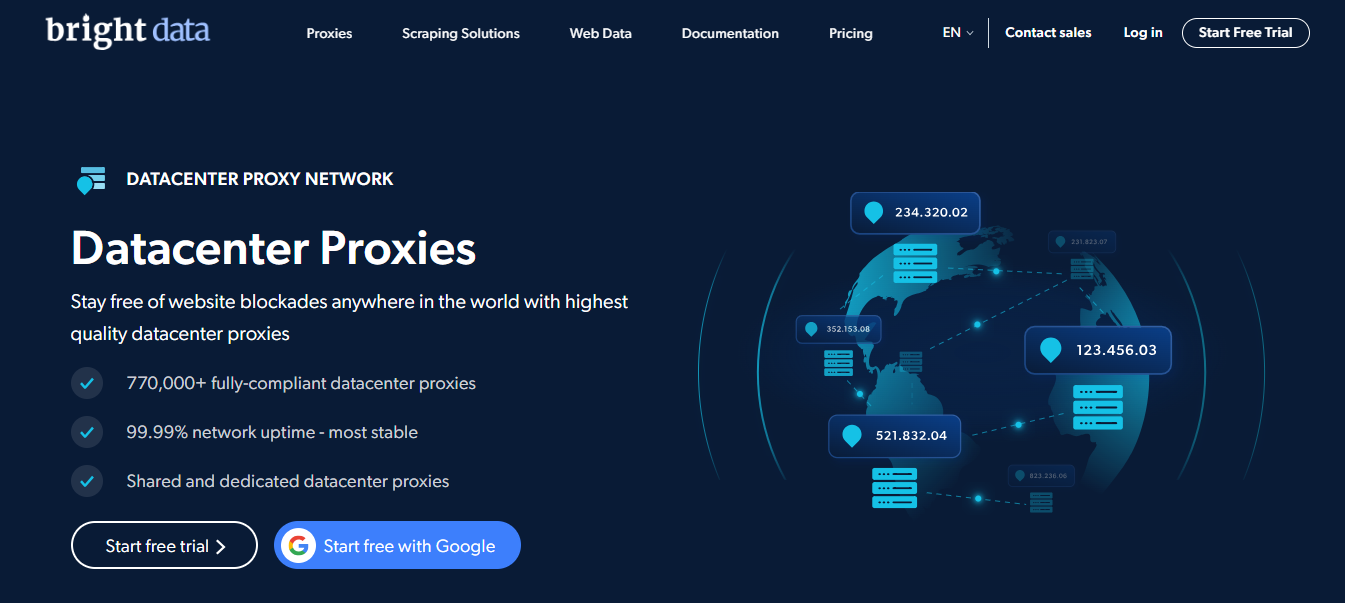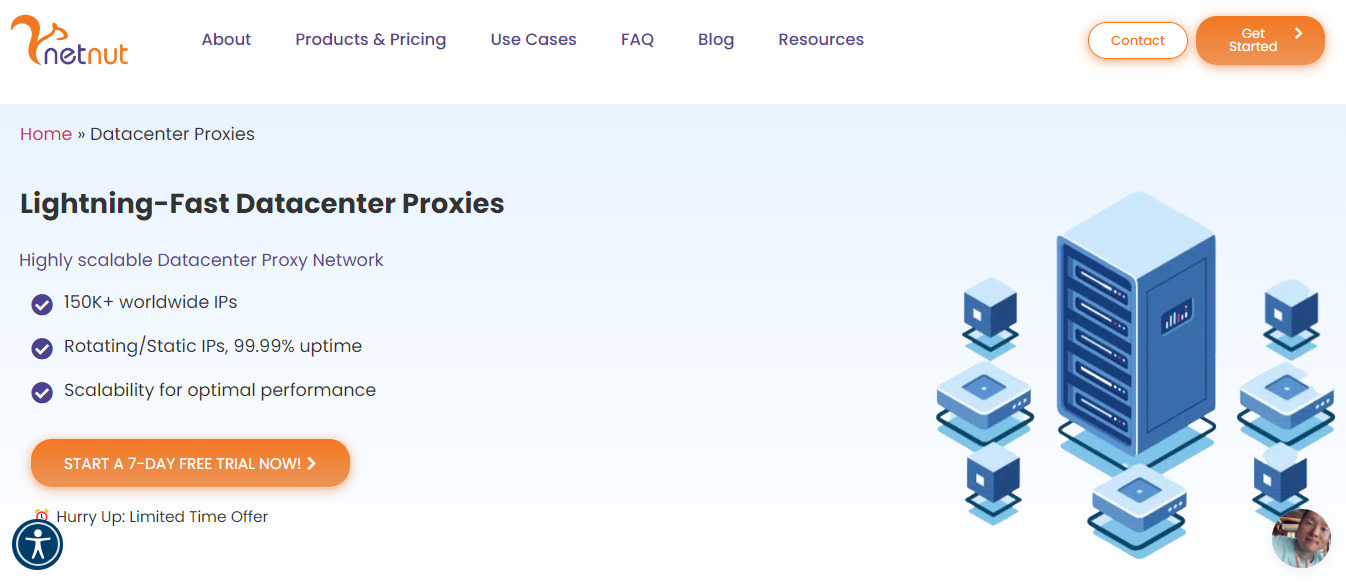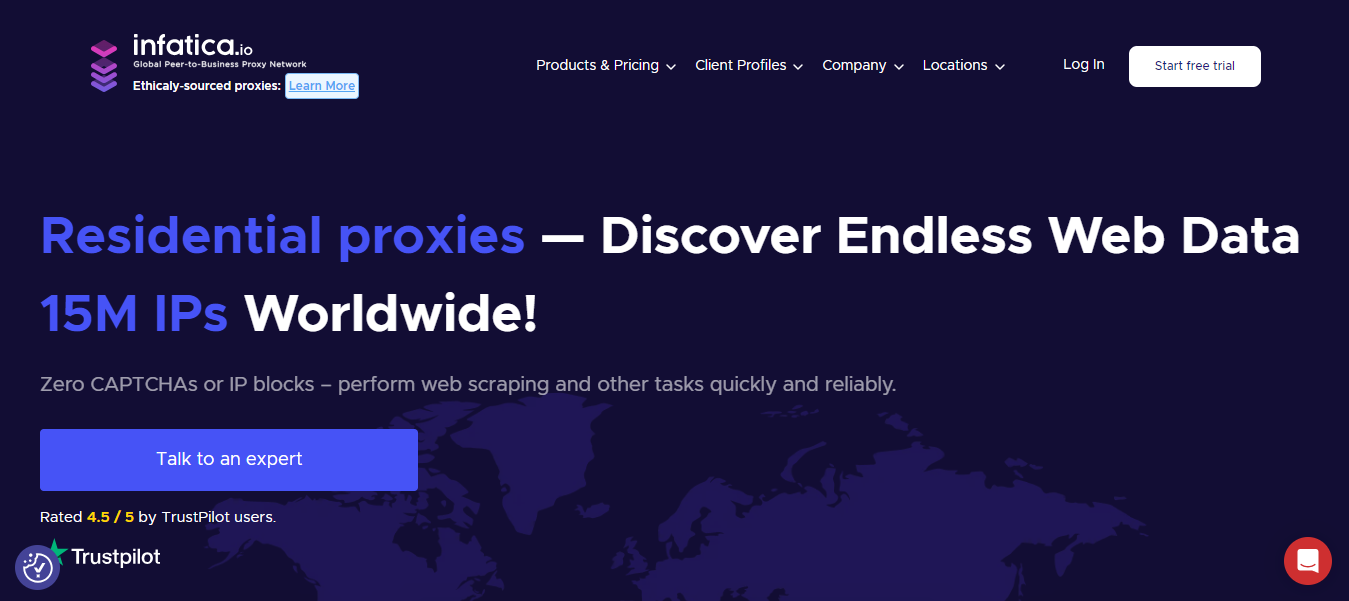Want the best residential proxies in 2025? Read on!
In the ever-evolving digital landscape, businesses and individuals rely on secure, reliable, and efficient Internet operations. Residential proxies are an essential tool that has emerged to facilitate online activities while maintaining anonymity.
These proxies act as intermediaries, using IP addresses provided by Internet Service Providers (ISPs) to access the web. By doing so, they make it difficult for websites to identify and block data scrapers, allowing users to maintain their privacy while navigating the online world.
If you’re searching for the best residential proxies to suit your needs, you’ve come to the right place. This comprehensive guide will explore the top residential proxy providers currently available.
We will delve into their features, performance, security measures, and customer support to help you make an informed decision.
So, let’s dive in and discover the best residential proxies for your online activities.
Table of Contents
TOP PROXY SERVICE PROVIDERS FOR 2025
Factors to Consider When Choosing the Best Residential Proxy
Before we delve into the specifics of the top residential proxy providers, let’s discuss the key factors you should consider when selecting the best option for your needs:
Network Size and Diversity
One crucial aspect to consider when choosing a residential proxy provider is the size and diversity of its network. A larger network implies more available IP addresses, providing better anonymity and reducing the likelihood of being blocked or flagged.
Additionally, a diverse network ensures extensive geo-coverage, offering IP addresses from various countries or regions. This is particularly advantageous for tasks that require bypassing geo-restrictions or conducting market research in different geographical areas.
Speed and Performance
The speed of a proxy can greatly impact your online experience, especially if you’re involved in activities that require fast response times, such as web scraping or online gaming.
Opting for high-speed proxies ensures minimal delays and efficient operations, allowing you to extract or upload data swiftly. Moreover, the proxy’s performance is crucial for maintaining a stable connection and minimizing the risk of interruptions during your online activities.
READ ALSO: Why Proxy Providers Are Turning to IP Address Leasing?
Security and Anonymity
Maintaining security and anonymity is paramount when navigating the online world. The best residential proxy providers deploy advanced security measures to protect your data from potential threats.
Look for proxy service providers that offer data encryption and use secure protocols like HTTPS to ensure the safety of your information. Anonymity is the key value proposition of any proxy service, so choose a provider that offers high-level anonymity, hiding your real IP address and ensuring your online activities remain private.
Customer Support
Reliable customer support can significantly enhance your experience with a residential proxy provider. Proxy networks can be complex, and you may encounter issues or have queries during regular use. In such cases, responsive and knowledgeable customer support is invaluable.
Look for providers that offer 24/7 support via live chat or email and have a reputation for quick and effective problem resolution. Their support team should be capable of addressing a wide range of technical issues and providing assistance when needed.
Pricing
While pricing is an important consideration, finding a balance between cost and quality is essential. Avoid solely opting for the cheapest option available and consider the value you’re getting for your money. The best residential proxy providers offer high-performing, secure, and reliable proxies at reasonable prices.
Pay attention to the flexibility of their pricing structure, such as various plans or pay-as-you-go options, which can accommodate a wider range of budgets and usage patterns. Remember that higher prices often correspond to more advanced features, better performance, and superior customer support.
Now that we’ve explored the key factors to consider when choosing the best residential proxy, let’s delve into the top providers and their offerings.
Best Featured Residential Proxy Service Providers – EDITOR’S CHOICES
1. Decodo (formerly Smartproxy) – Best for Affordable and Scalable Proxy Solutions
Decodo (formerly Smartproxy) stands out for its user-friendly interface and exceptional performance. Operating a peer-to-peer network with over 55 million residential IPs and a total of 65 million+ proxies across 195+ locations, Decodo provides flexibility, speed, and reliability for various online tasks.
Key features of Decodo include:
- Easy setup, flawless operation – User-friendly tools for seamless proxy management.
- High-speed performance – Average response time of <0.3s with 99.99% uptime for uninterrupted service.
- Supports HTTPs and SOCKS5 – Ensuring compatibility with a wide range of applications.
- Reliable customer support – 40-second average response time for quick issue resolution.
- Flexible pricing and free trials – Try all products before committing.
Despite being slightly slower than some premium competitors, Decodo remains a reliable and cost-effective choice for users needing high-performance proxies with flexible pricing.
Best Use Cases:
- Web scraping and data collection
- Social media automation and management
- SEO monitoring and competitive research
- Ad verification and brand protection
Why Choose Decodo?
Decodo offers an ideal balance of affordability and reliability, making it an excellent choice for businesses that require scalable proxy solutions without excessive costs.
- Exclusive Limited-Time Offer: Get 50% off Residential Proxies with code RESI50.
- Try Other Decodo Products for Free – Sign up today for a free trial on all other services.
2. Oxylabs – Best for Enterprise-Grade Proxy Performance
Oxylabs is one of the leading residential proxy providers, offering the largest database of proxies with over 175 million IPs. Their upfront, honest approach and excellent customer service have earned them a loyal customer base.
With more than 175 million IP addresses in their pool, Oxylabs provides extensive geo-targeting, allowing you to choose specific cities for your web scraping or online activities. While their premium service comes at a higher price point, they offer a free trial to ensure their reliability and performance meet your expectations.
Notable features of Oxylabs residential proxies include:
- Pay-as-you-go pricing starts from $4/GB, with no commitments or cancellation fees.
- Unlimited concurrent sessions and a proxy rotator for efficient operations.
- Up to 99.9% uptime, as their team constantly monitors available proxy pools.
- A single backconnect proxy to avoid IP bans and CAPTCHA.
- Endpoint generator for seamless integration with third-party software.
- Proxy user management with a Public API for easy control.
- Various proxies, including residential, mobile, rotating ISP, shared and dedicated datacenter, SOCKS5, and static residential are available.
Oxylabs is an ideal choice for those looking to crawl the web. It has a vast selection of IP addresses and extensive geo-targeting capabilities. While their pricing may be higher, their reliability and free trial offer peace of mind for users.
Best Use Cases:
- Large-scale web scraping and automation
- Market intelligence and price comparison
- Cybersecurity research and fraud prevention
- E-commerce data aggregation
Why Choose Oxylabs?
For businesses seeking a high-performing, enterprise-grade proxy service with advanced features and scalability, Oxylabs is the ideal choice.
3. Webshare – Best for Customizable Proxy Solutions
Webshare is a highly rated residential proxy provider known for its affordability and performance. Offering a vast pool of residential IPs, Webshare enables seamless web scraping, data gathering, and location-based browsing with ease.
With flexible pricing plans and a free tier, Webshare is an excellent choice for individuals and businesses looking for cost-effective proxy solutions. Their proxies support automatic IP rotation, sticky sessions, and API integration, making them ideal for large-scale data extraction and online anonymity.
Notable features of Webshare residential proxies include:
- Free plan with 10 proxies and 1GB of monthly bandwidth
- Residential IPs across multiple global locations
- Webshare’s residential proxy pool of 30+ million
- Availability in 195+ countries
- 99.7% uptime
- High-speed connections with low latency
- Customizable proxy settings and detailed analytics
- API support for seamless integration
Webshare stands out for its balance of affordability, reliability, and ease of use, making it a great option for users who need high-quality residential proxies without breaking the bank.
Best Use Cases:
- Entry-level web scraping and automation
- Digital marketing and brand monitoring
- Bypassing geo-restrictions for content access
- Anonymous browsing and cybersecurity testing
Why Choose Webshare?
Webshare is perfect for users who need a flexible and budget-friendly proxy solution with scalable options for growth.
Other Best Residential Proxies In 2025
1. IPRoyal: Affordable and Versatile
IPRoyal offers a range of proxy solutions, including datacenter, residential, 3G/4G/5G mobile, and sneaker proxies. Based in the United Arab Emirates, IPRoyal stands out as one of the most affordable services.
Noteworthy features of IPRoyal include:
- Affordable pricing starts at $1.75 per GB of bandwidth.
- Extensive coverage across over 195 countries.
- SOCKS5 support, city/state targeting, and rotating IP addresses.
- 24/7/365 live chat and email support for quick assistance.
- HTTP and HTTPS proxies with different levels of encryption.
IPRoyal’s affordability, versatility, and direct customer support make it an attractive choice for individuals and businesses alike.
2. ProxyJet
Regarding residential proxies in 2025, ProxyJet stands out as a premier choice for users who demand speed, reliability, and versatility.
Offering a vast pool of IP addresses from real residential networks across the globe, ProxyJet ensures high anonymity and seamless access to geo-restricted content.
Whether you’re looking to scrape data, conduct market research, or manage multiple social media accounts, ProxyJet’s residential proxies provide smooth, undetectable connections that remain consistent, even under heavy usage.
What truly sets ProxyJet apart is its unmatched uptime and connection speed, a crucial factor for businesses and individual users alike.
With advanced rotation options, flexible pricing plans, and stellar customer support, ProxyJet positions itself as a go-to provider for those looking to scale their proxy usage without compromising on quality.
With strict privacy protocols and no bandwidth limitations, ProxyJet offers a robust and secure experience, making it a leading contender in the residential proxy market.
==>> Get ProxyJet
3. Live Proxies
Live Proxies provides top-tier rotating residential proxies, offering unmatched privacy, dynamic IP rotation, and reliable global coverage.
These proxies are ideal for tasks such as web scraping, social media management, and ad verification, ensuring secure and efficient online operations.
Key Features:
- Rotating IPs – Automatically switches IPs at set intervals, minimizing detection and maximizing anonymity.
- Sticky Sessions – Provides the option to maintain the same IP for up to 60 minutes for consistency in session-based tasks.
- Private IP Allocation – Exclusive IPs that are not shared with others targeting the same platforms, ensuring reliable performance.
- Global IP Pool – Access millions of residential IPs from around the world, supporting location-based operations.
- High-Speed Performance – Optimized for low latency and stable connections, even under heavy traffic.
Pros:
- Wide variety of proxy types to suit different needs.
- Customizable plans for flexibility.
- High anonymity and reliable performance.
- Responsive and helpful customer support.
Cons:
- Limited location options compared to some competitors.
- Some advanced features may cater more to enterprise needs.
Why Choose Live Proxies?
Live Proxies delivers exceptional rotating residential proxy services with features such as private IP allocation, advanced session management, and global IP coverage. These proxies are tailored to meet the demands of modern businesses, offering a secure and efficient solution for online anonymity and data access
==>> Get Live Proxies
4. DigiProxy: Premium Residential Proxies for High-Anonymity Tasks
DigiProxy is an emerging yet powerful residential proxy provider designed for users who prioritize anonymity, speed, and versatility. With a large pool of ethically sourced residential IPs, DigiProxy ensures smooth operations for web scraping, ad verification, sneaker copping, SEO tracking, and geo-targeted browsing.
Whether you’re an individual researcher or a business handling data-intensive tasks, DigiProxy offers high-performance proxies with flexible rotation options and reliable uptime.
Notable features of DigiProxy residential proxies include:
- Millions of genuine residential IPs in 100+ countries
- Fast proxy rotation and sticky session support
- High anonymity and low detection rate
- Real-time dashboard and usage analytics
- Easy integration with automation tools and bots
- 24/7 customer support and scalable plans
DigiProxy is ideal for professionals looking for dependable residential proxies that combine global reach, fast speed, and strong privacy features.
==>> Get DigiProxy
5. Bright Data: A Feature-Rich Proxy Provider
Formerly known as Luminati Networks, Bright Data is a well-established name in the proxy business.
Bright Data offers an extensive, feature-rich proxy network with over 20,000 customers worldwide and a staggering 72 million residential IPs across 195 countries.
Bright Data’s notable features include:
- SSL decryption, custom rules, and intelligent routing for optimized performance.
- Support for ASN (Autonomous System Number) targeting, country, ZIP code, and carrier targeting.
- 24/7 global support for quick and efficient problem resolution.
- Video tutorials and webinars to assist users in getting started and troubleshooting.
Our tests showcased Bright Data’s excellent performance and user-friendly Proxy Manager, which offers a straightforward control panel. Their residential proxies support HTTP, HTTPS, and SOCKS5 protocols, catering to various online activities.
6. SOAX: Generous Targeting Alternatives
SOAX is a growing proxy market name known for its flexible and clean residential and mobile proxies.
With a network of over 5 million IPs covering more than 150 countries, SOAX offers a range of features at a competitive price point.
Notable features of SOAX residential proxies include:
- Support for ASN, city, state, and country filtering.
- IP whitelisting for added security.
- Reliable performance and flexible filtering options.
- Continuous growth and improvement in line with market demands.
- Adherence to ethical guidelines and commitment to data privacy.
While SOAX may not be as well-known as some competitors, its product offerings and continuous growth make it a promising option for small to medium-sized businesses.
7. NetNut
NetNut is an Israeli proxy provider offering residential, data center, and mobile proxies. With over 10 million residential IPs and a focus on providing genuine and whitelisted IPs, NetNut ensures reliable and secure connections.
It offers peer-to-peer and static residential proxies, providing users with flexibility and consistency. NetNut’s traffic-based pricing model allows users to consume their allotted bandwidth without the risk of interpretation.
Key Features of NetNut:
- Over 10 million residential IPs
- Both peer-to-peer and static residential proxies
- Traffic-based pricing model
- HTTP and HTTPS proxies with encryption
- Convenient dashboard and instructions for proxy setup
8. Geonode
Geonode is a relatively new but promising residential proxy provider. It distinguishes itself by providing only genuine and whitelisted IPs, ensuring reliable and secure connections for its users.
Geonode offers a subscription pricing model, positioning itself between budget services and business-centric providers. Its use cases and pricing cater to small or medium-level businesses, making it a cost-effective choice for residential proxies.
Key Features of Geonode:
- Genuine and whitelisted IPs for reliable and secure connections
- Subscription-based pricing model
- Flexible filtering and decent management tools
- Ethical guidelines and commitment to data ethics
- ID proof requirement for sign-up
BEST PROXY SERVICE PROVIDERS FOR 2025
Best Residential Proxies: Frequently Asked Questions
What are residential proxies?
Residential proxies are IP addresses from real residential devices, such as home computers or devices connected to an internet service provider (ISP). These proxies provide a way to access the internet through regular consumers’ connections, offering diverse and genuine IP addresses.
How do residential proxies work?
Residential proxies work by routing your internet traffic through the connections of residential devices. They act as intermediaries between your device and the websites or online services you’re accessing. This can help you appear to be accessing the internet from various locations, enhancing privacy and overcoming IP-based restrictions.
What are the advantages of using residential proxies?
- Genuine IP Addresses: Residential proxies provide real IP addresses from actual residential locations, making them less likely to be flagged by websites as proxies.
- Anonymity and Privacy: They offer anonymity as your traffic appears to come from ordinary users’ IP addresses.
- Bypassing Restrictions: Residential proxies can help bypass IP bans or access content that might be geographically restricted.
- Trustworthiness: Websites often find detecting and blocking traffic from residential proxies harder than data center proxies.
What are the limitations of residential proxies?
- Speed: The speed of residential proxies can vary depending on the quality of the residential network they’re coming from.
- Availability: Their availability can be limited since they rely on real residential devices.
- Cost: Obtaining access to high-quality residential proxies can be expensive due to the resources required to maintain them.
How are residential proxies obtained?
Residential proxies can be acquired through proxy providers that have partnerships with individuals or have created networks of devices. These providers often offer access to their network of residential IPs through subscription plans.
What are common use cases for residential proxies?
Market Research: Researchers can use residential proxies to gather data without triggering website IP bans.
Ad Verification: Advertisers use residential proxies to verify ads’ proper display and targeting across different locations.
Data Scraping: Businesses can scrape websites for competitive analysis or pricing information without being detected as bots.
Sneaker Botting: Like mobile proxies, residential proxies can be used for sneaker releases to increase the chances of purchasing limited sneakers.
Conclusion
Residential proxies have become essential tools for maintaining anonymity and facilitating online activities.
When choosing the best residential proxy provider, consider network size and diversity, speed and performance, security and anonymity measures, customer support, and pricing.
Based on these criteria, Oxylabs, Bright Data, Smartproxy, IPRoyal, and SOAX are top contenders for the best residential proxies.
Remember to weigh the features and pricing against your specific requirements to make an informed decision.
By selecting the right residential proxy provider, you can ensure secure, reliable, and efficient internet operations while maintaining anonymity in the rapidly evolving digital landscape.
INTERESTING POSTS





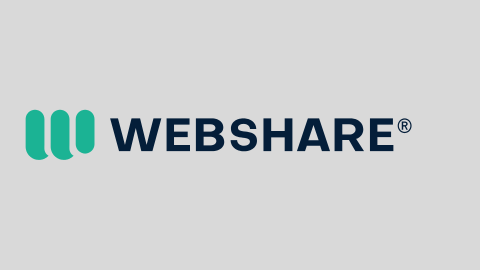

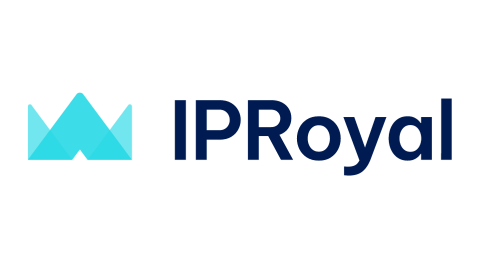

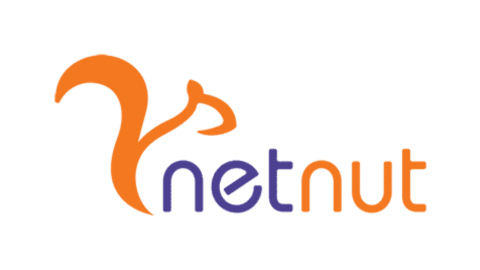

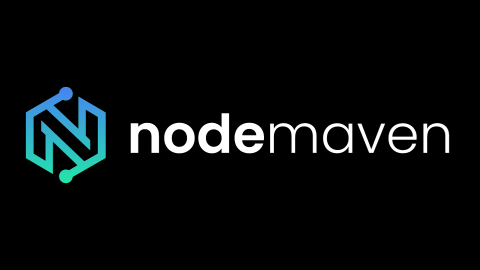
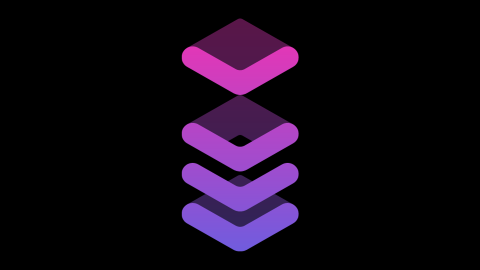
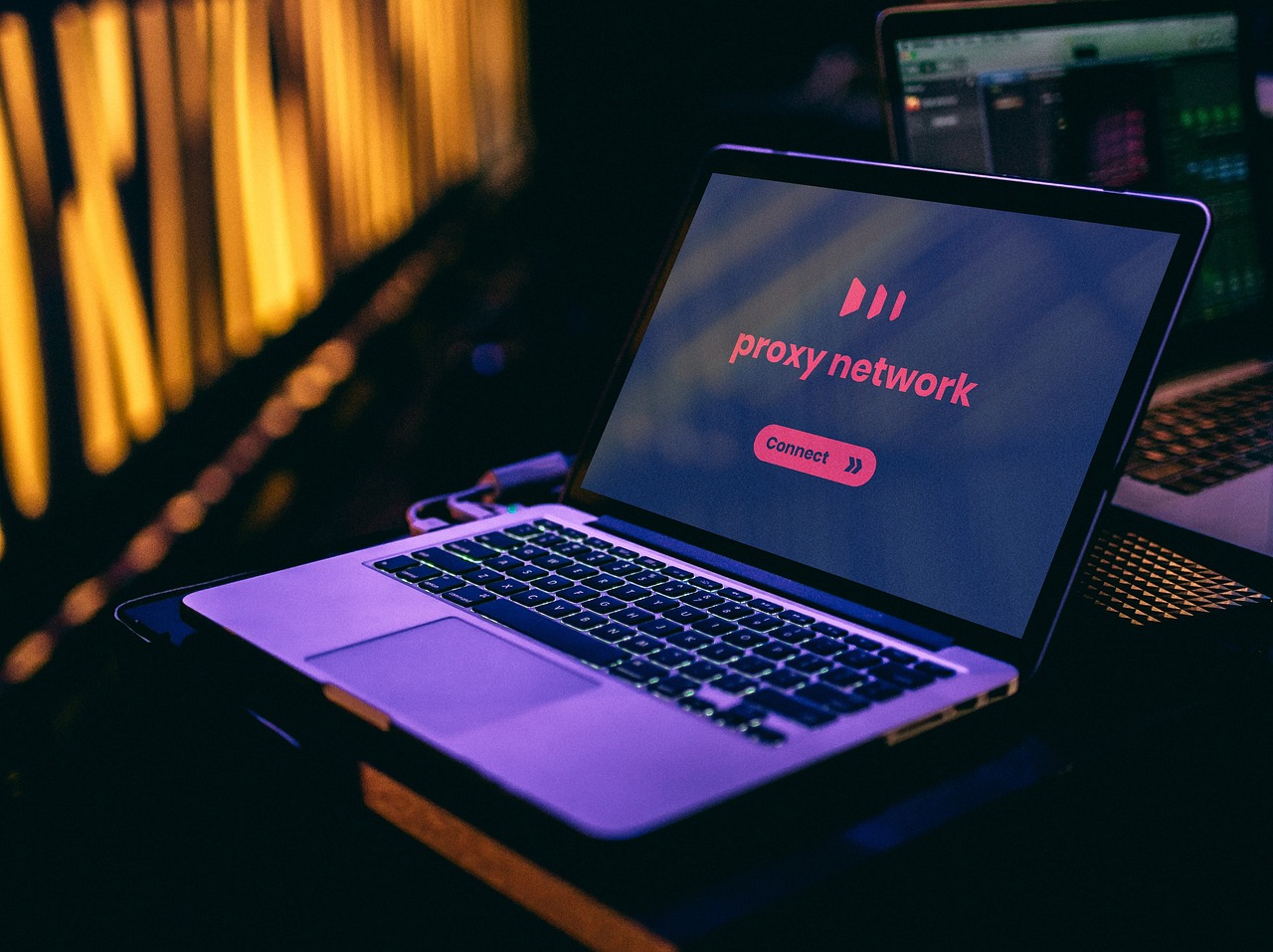
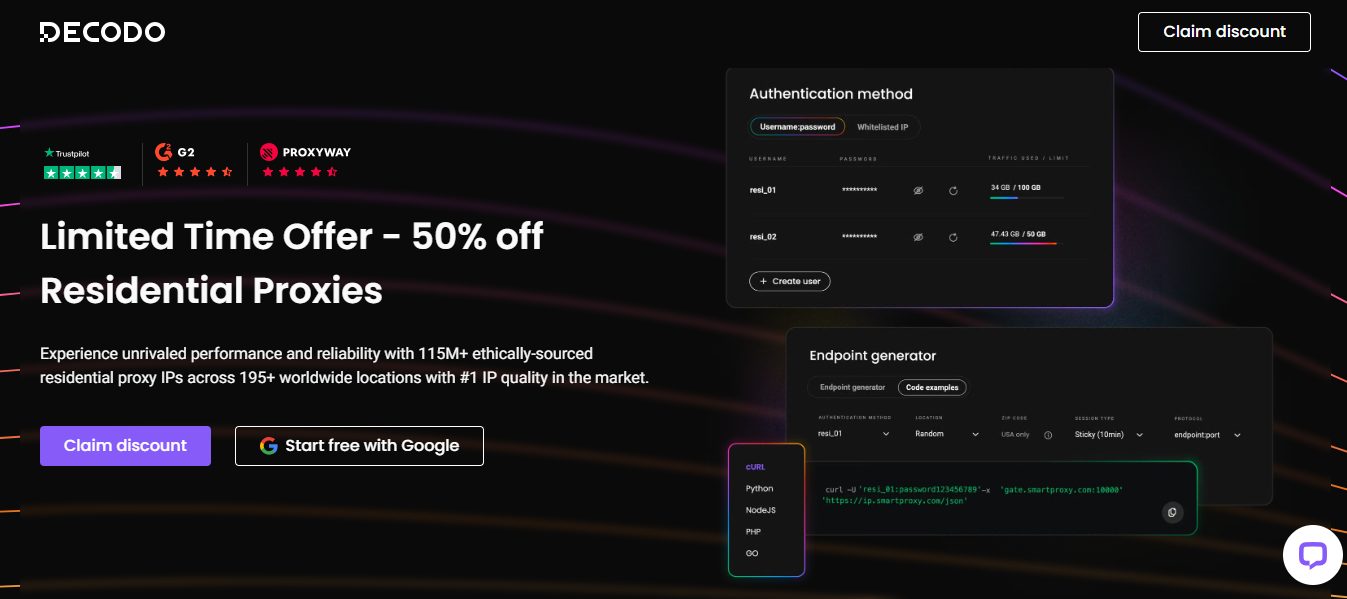
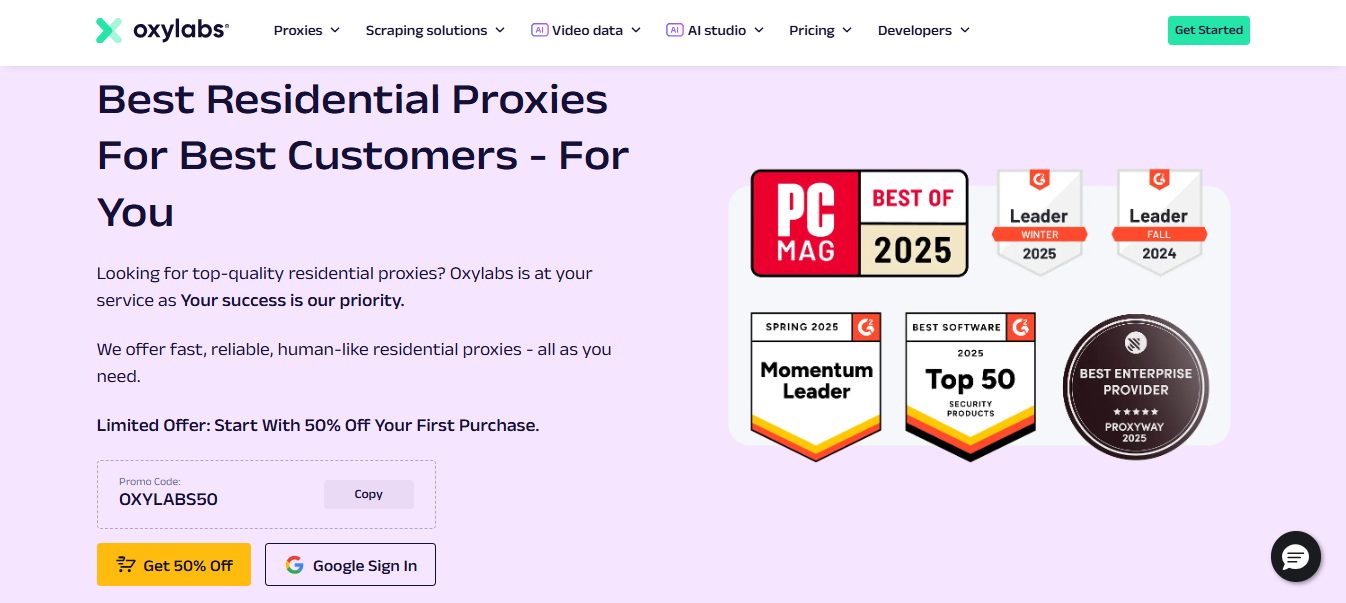
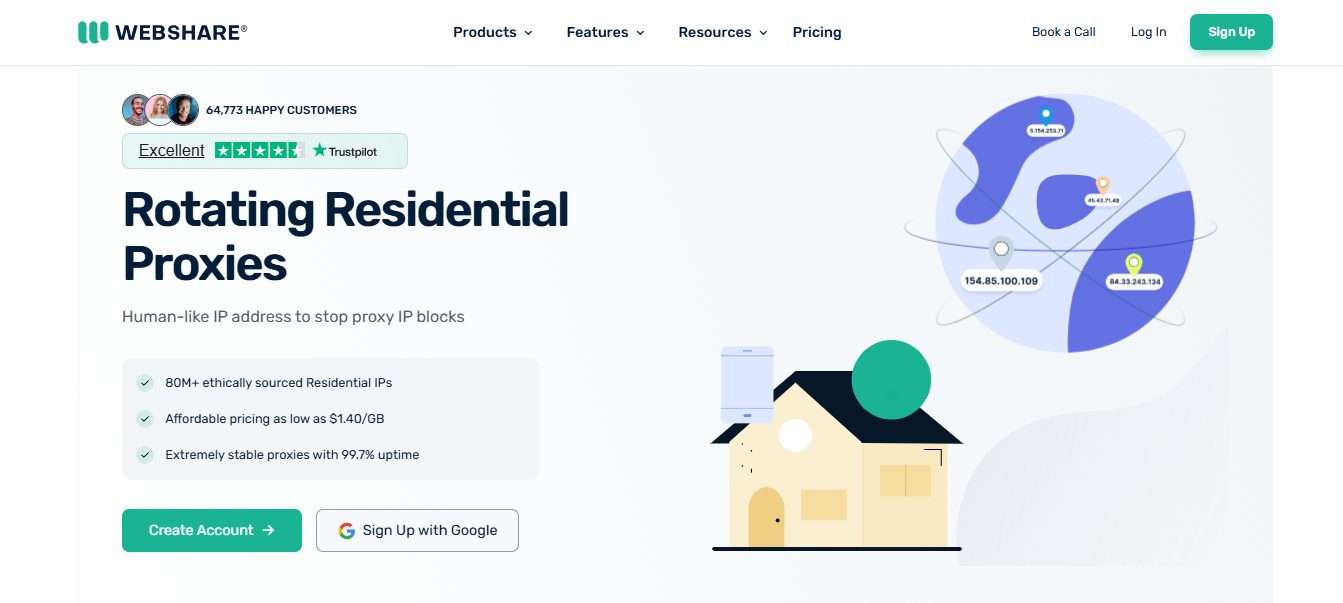
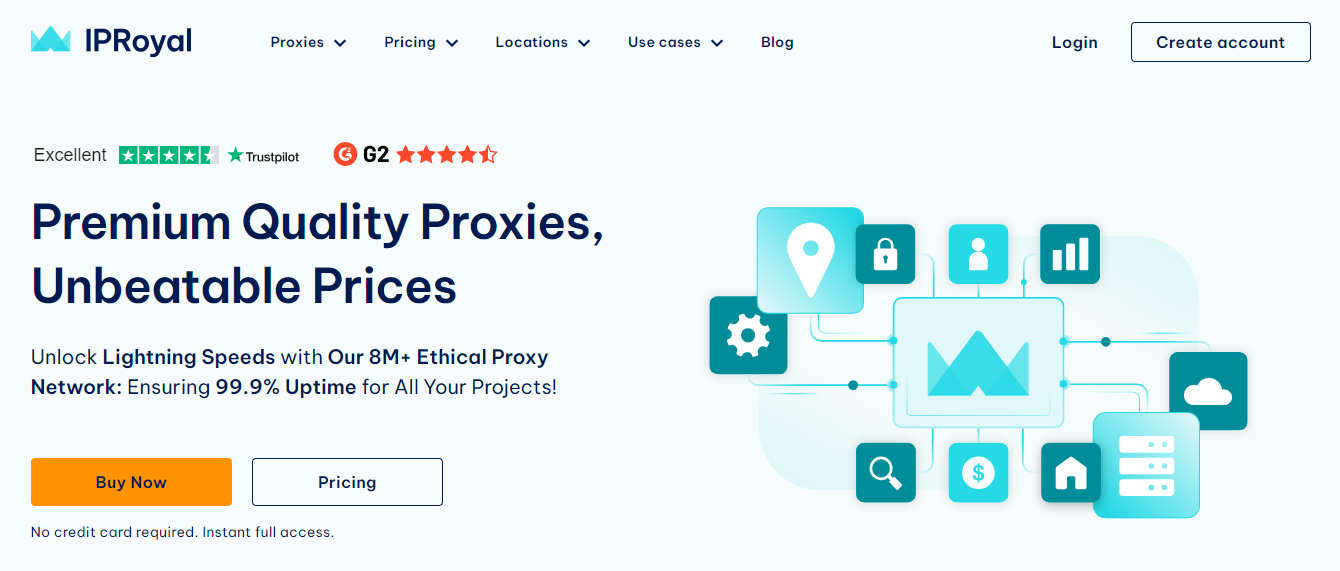
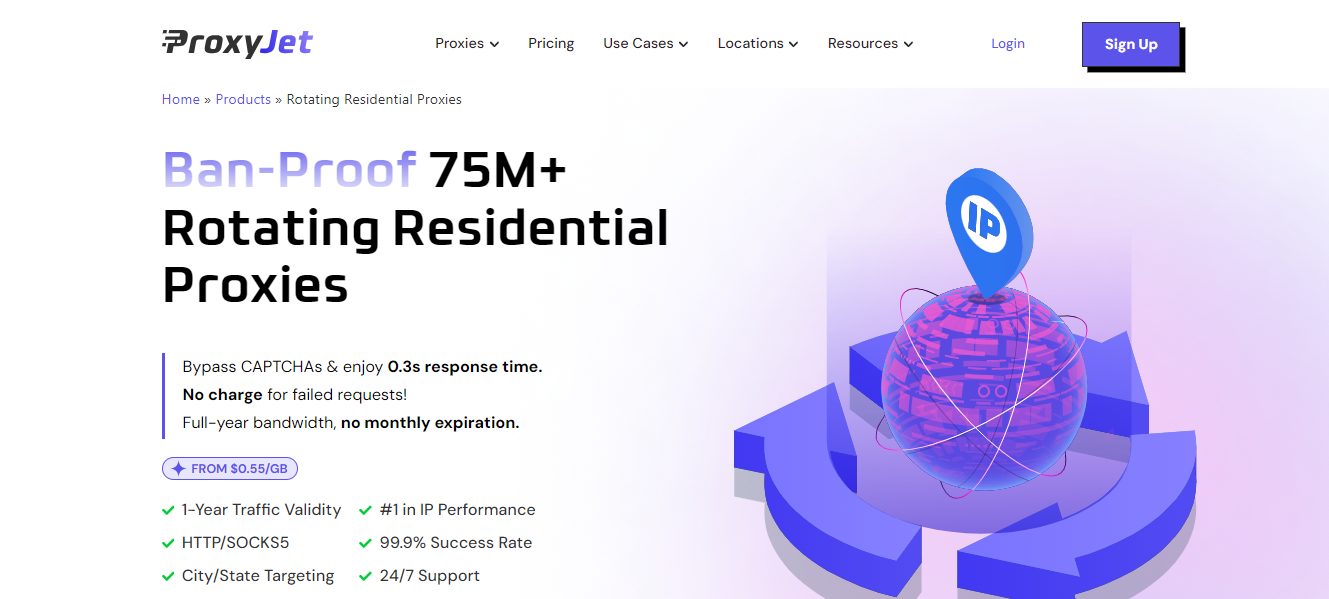
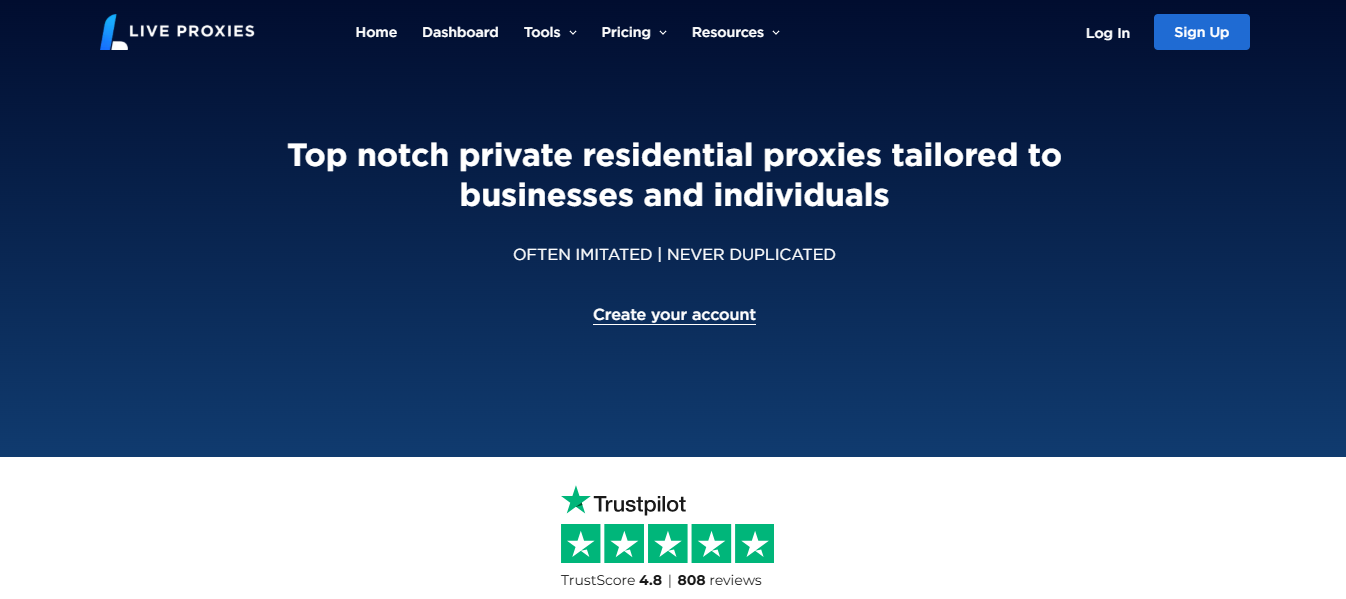
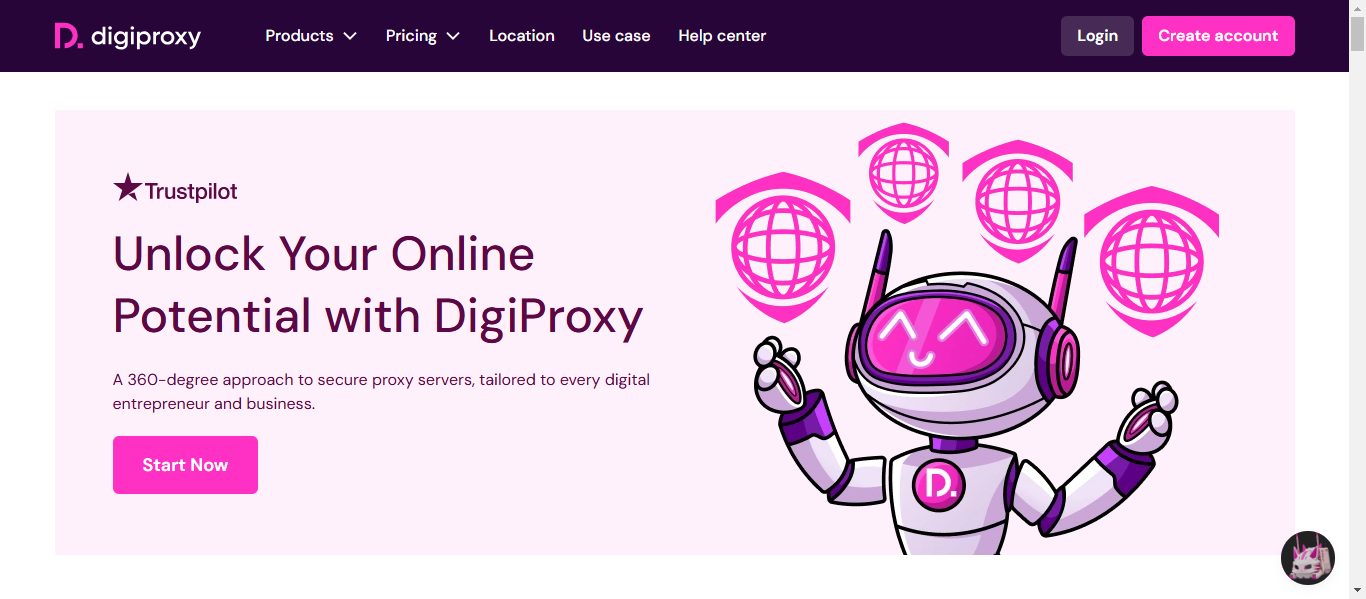
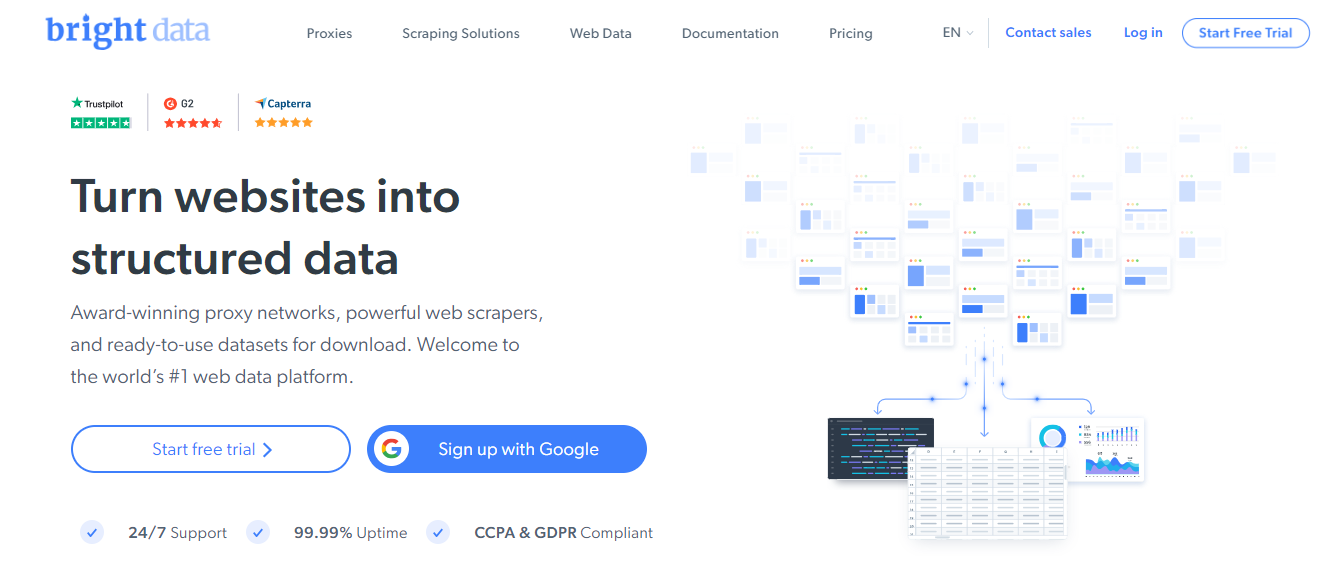
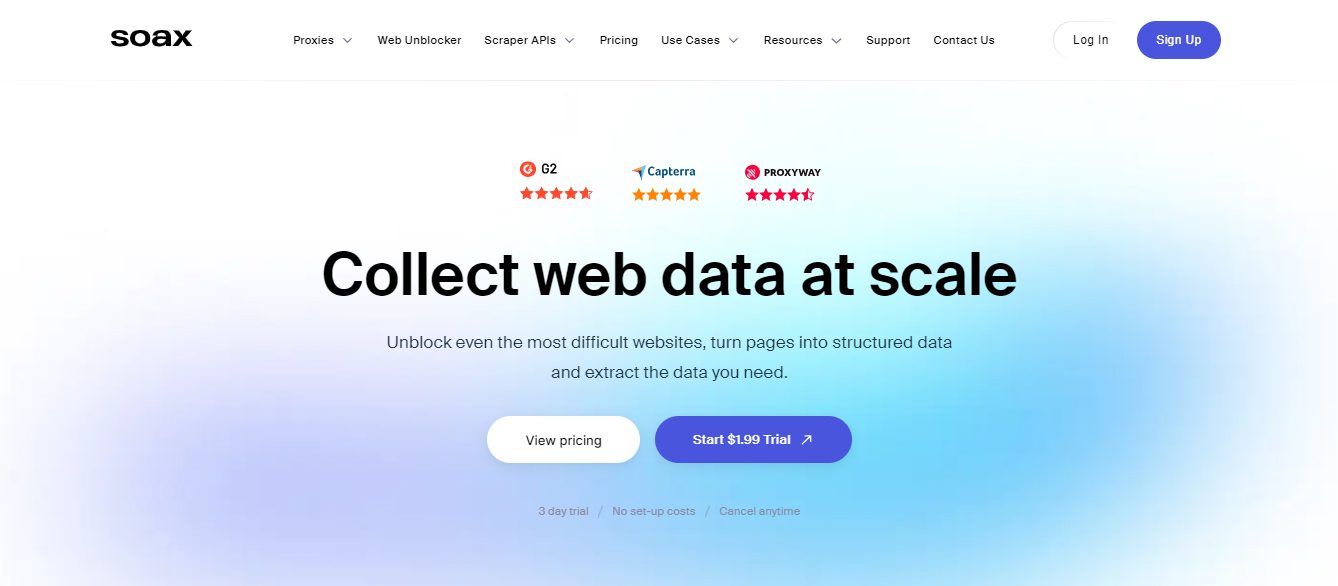
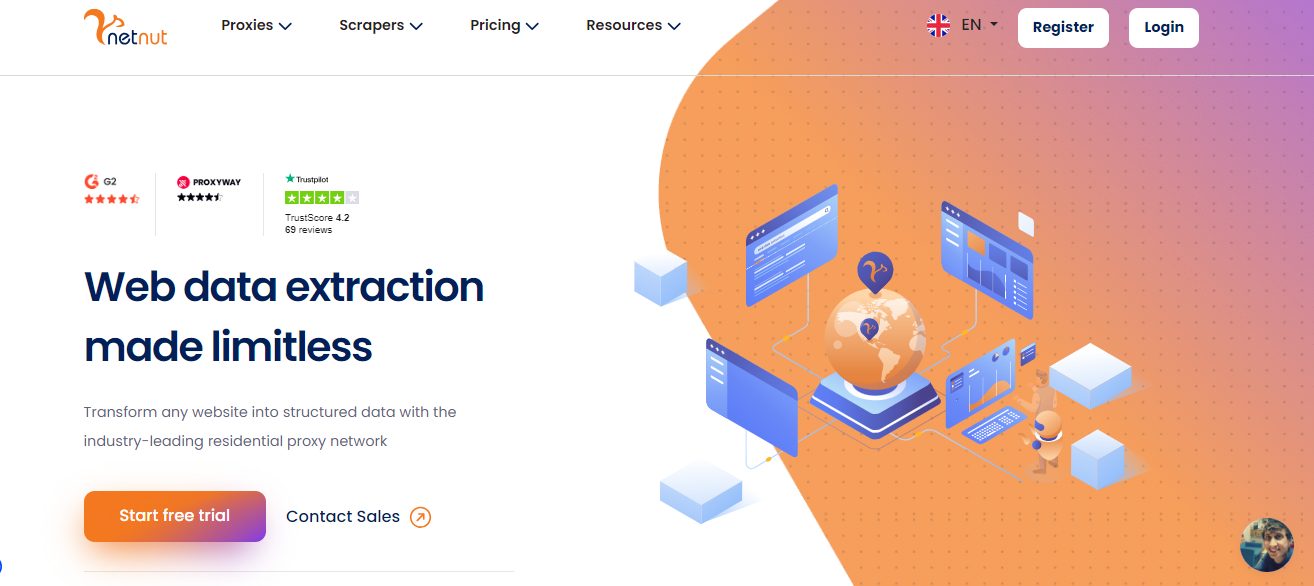
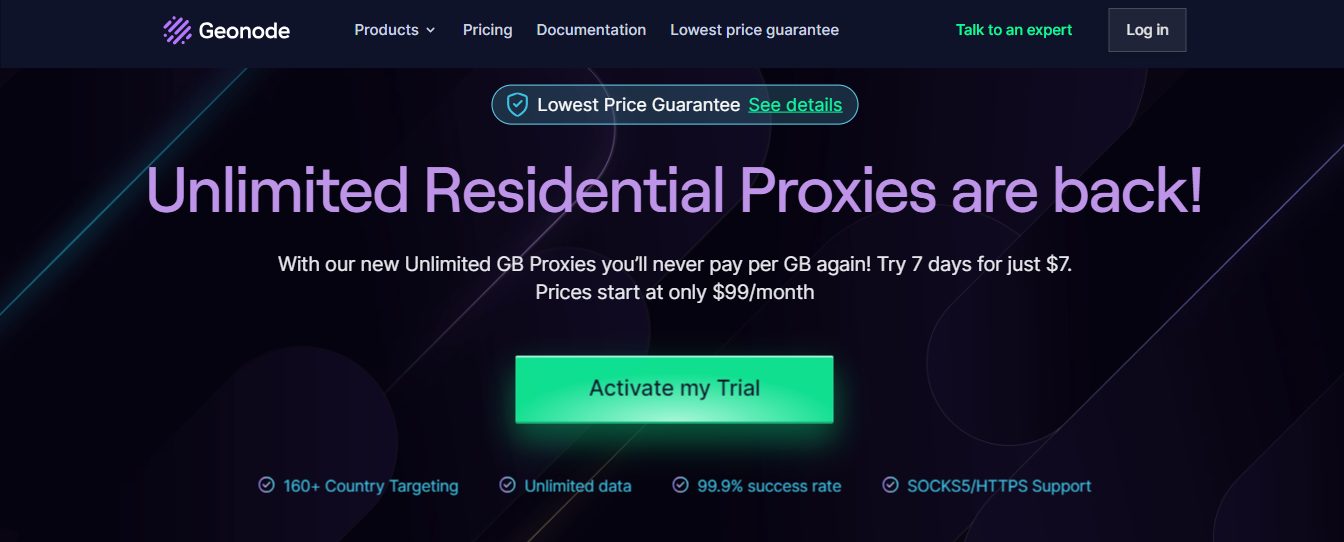



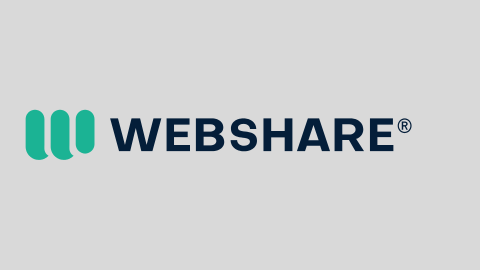


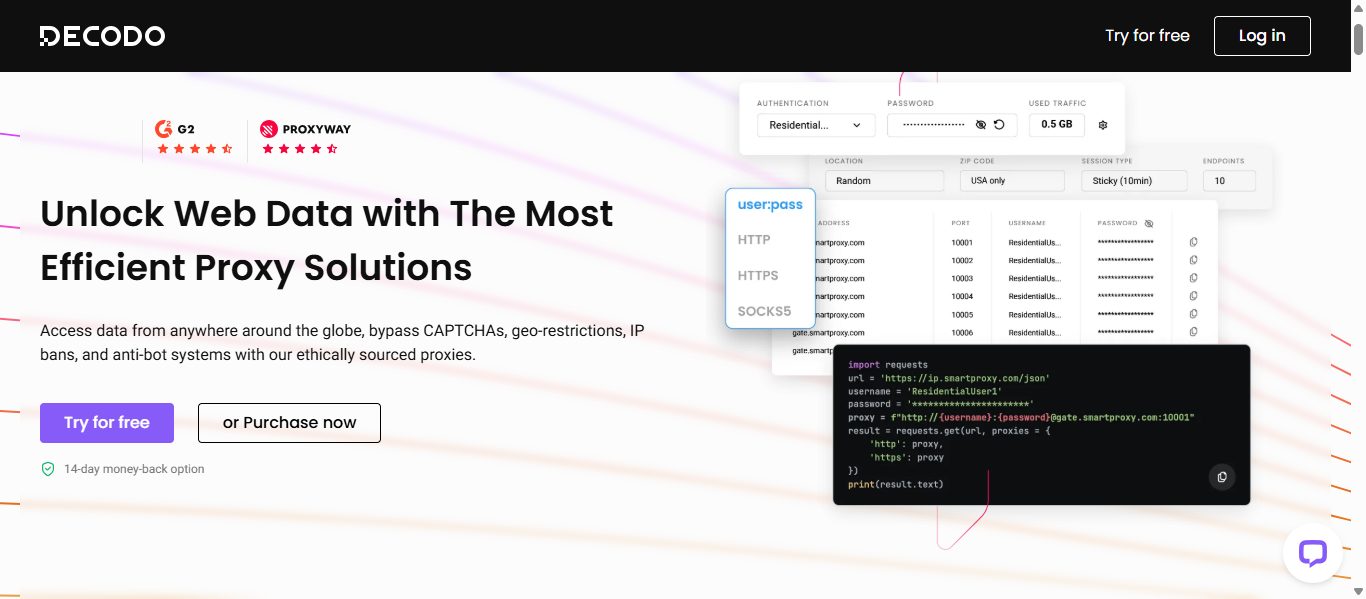
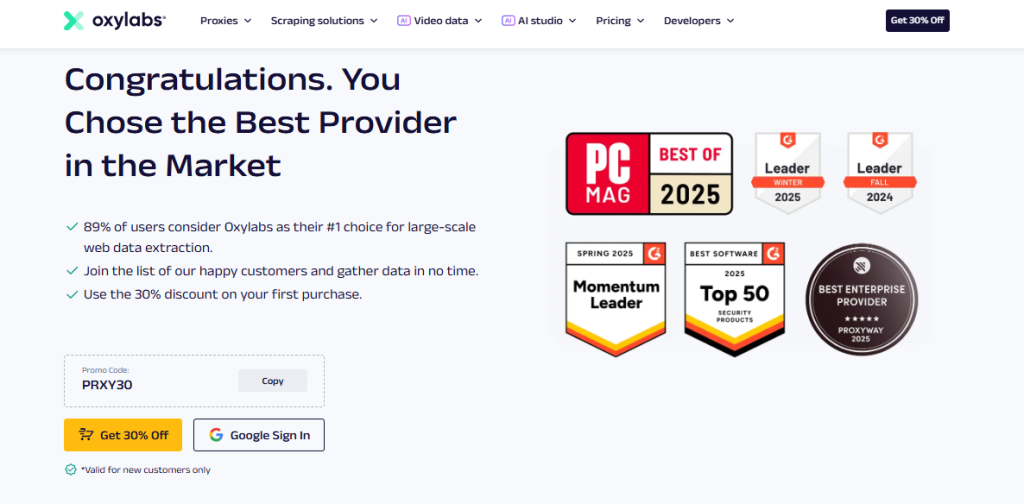
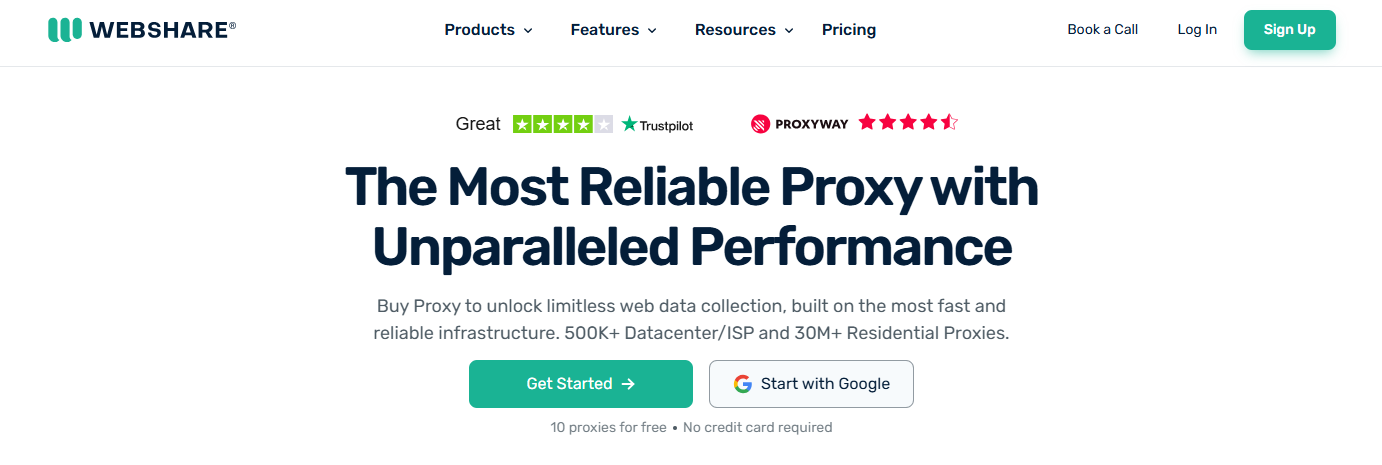

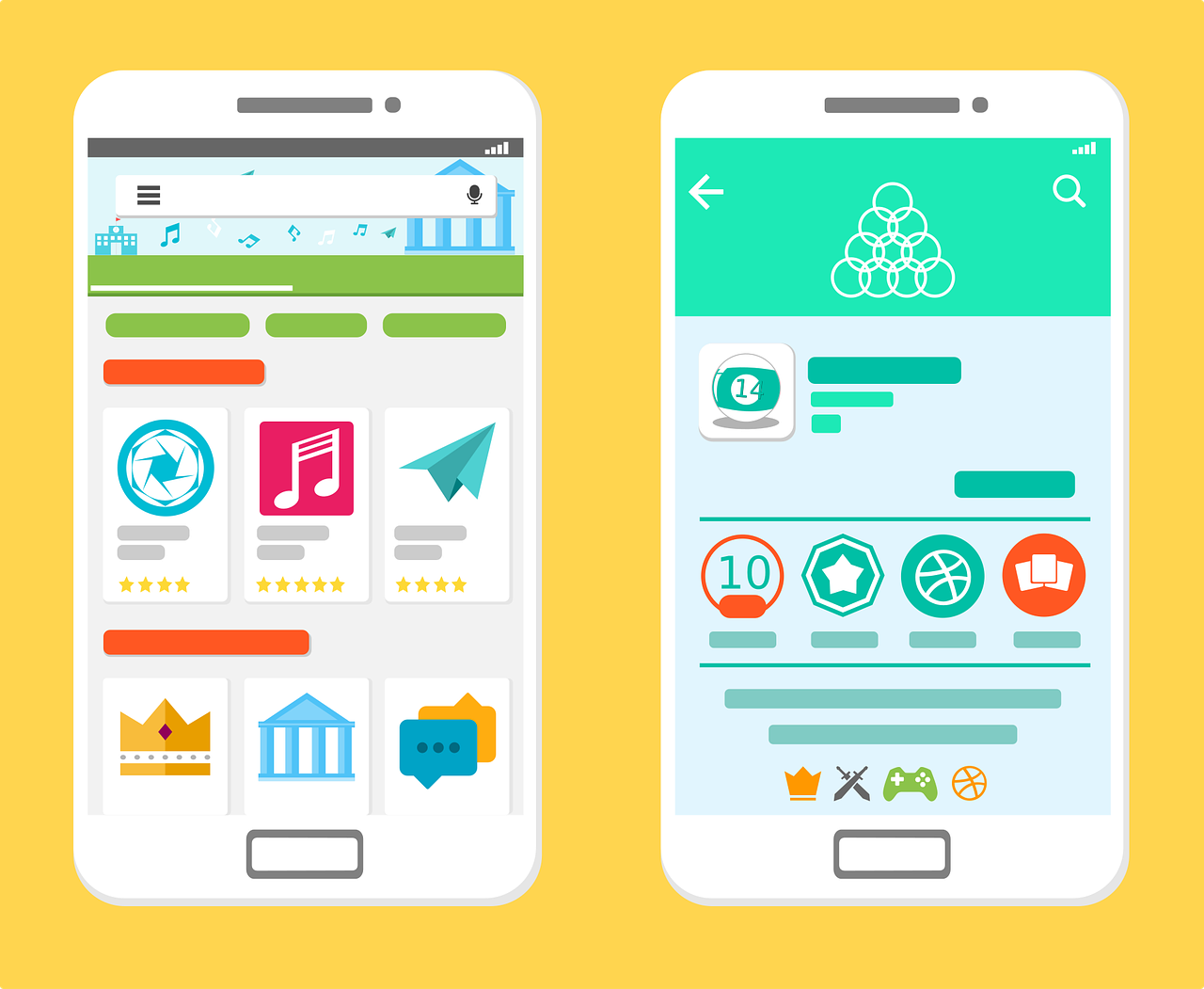


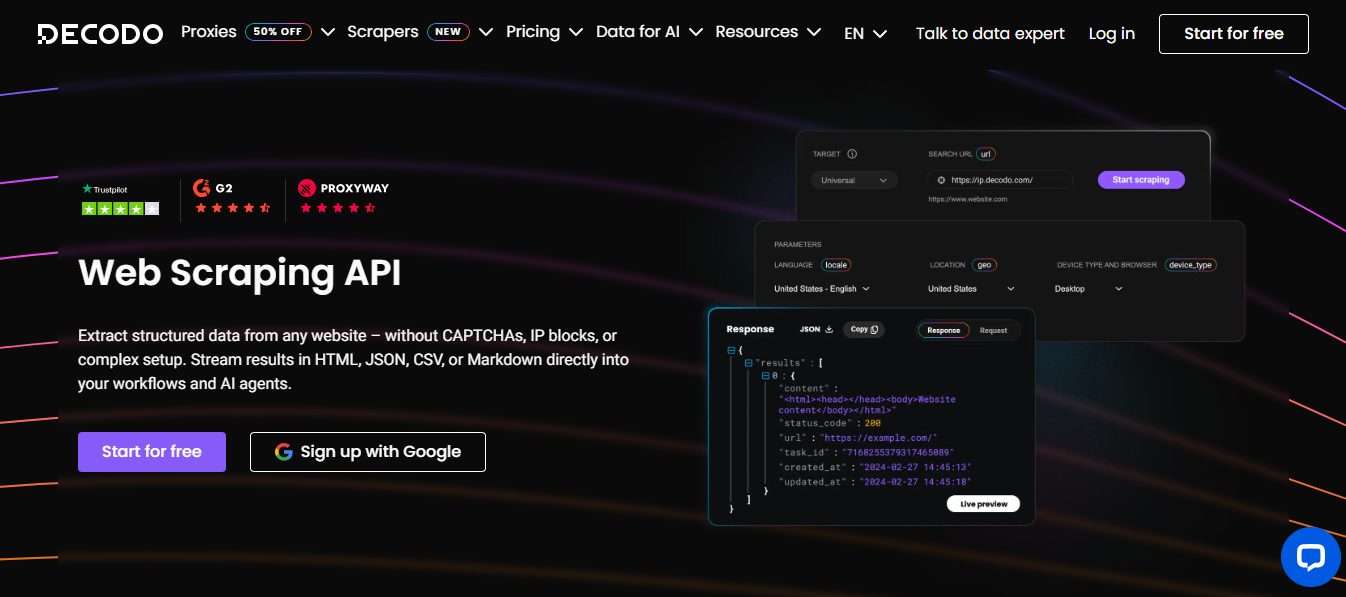


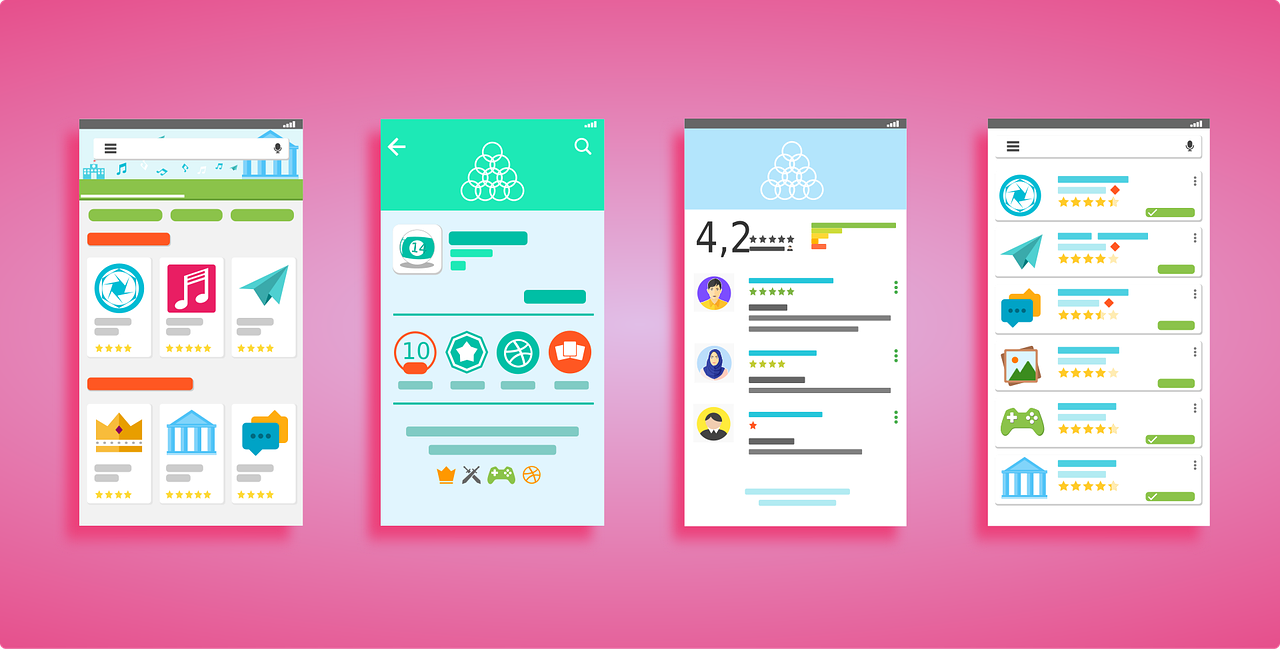



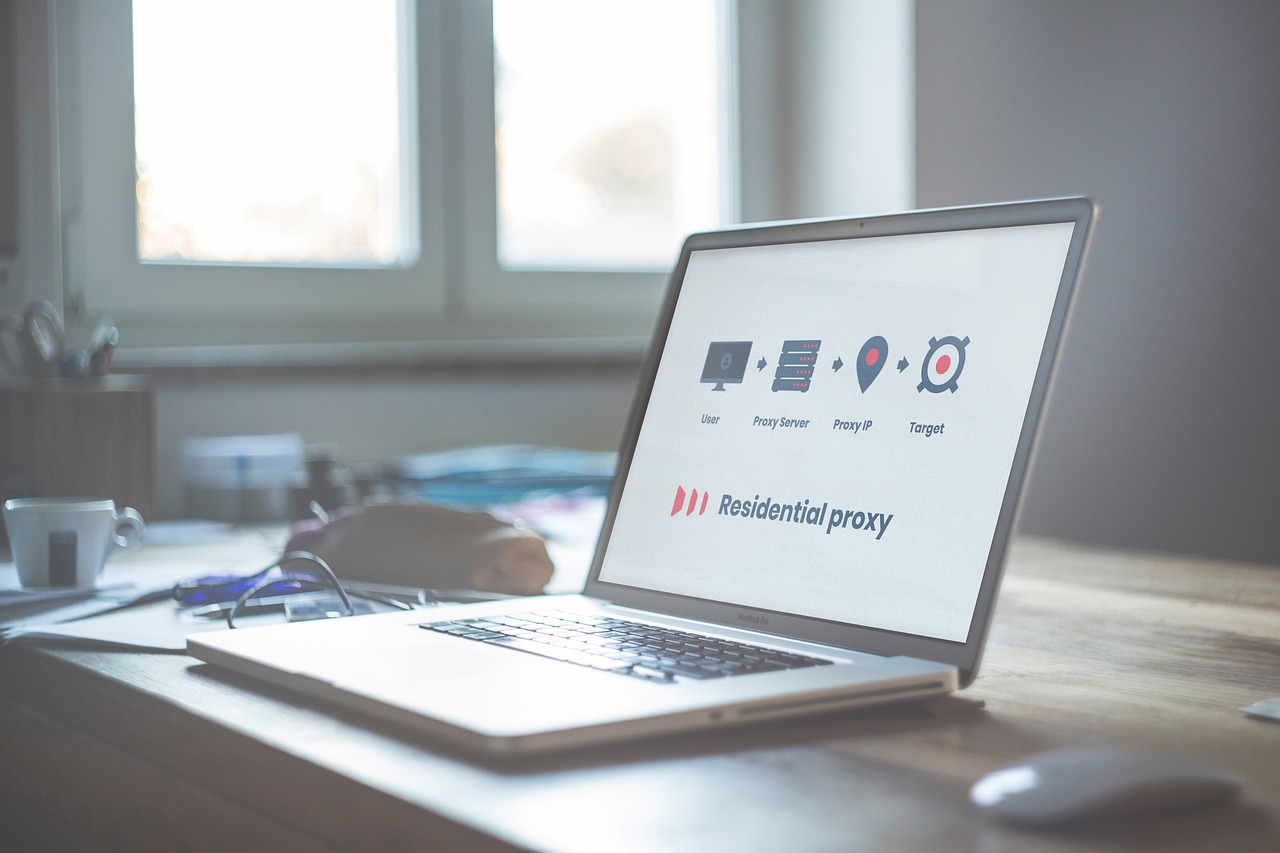
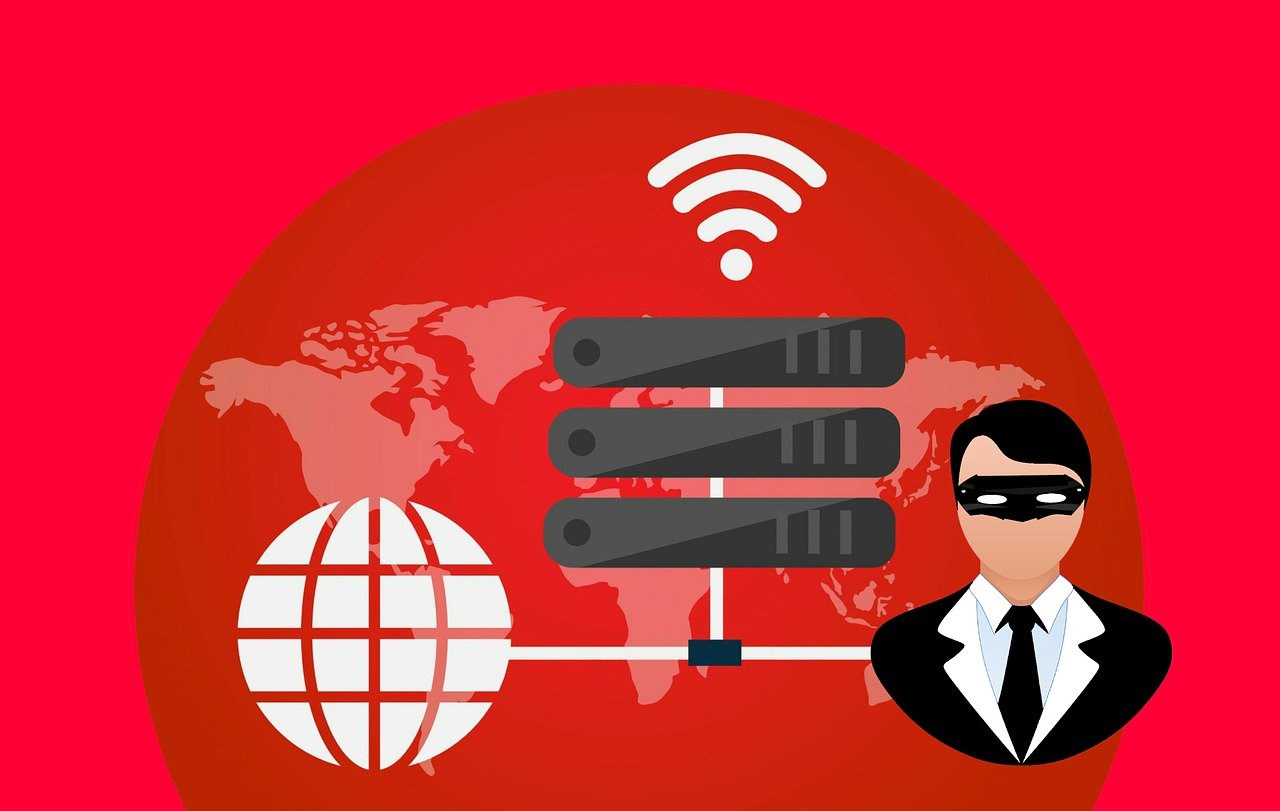

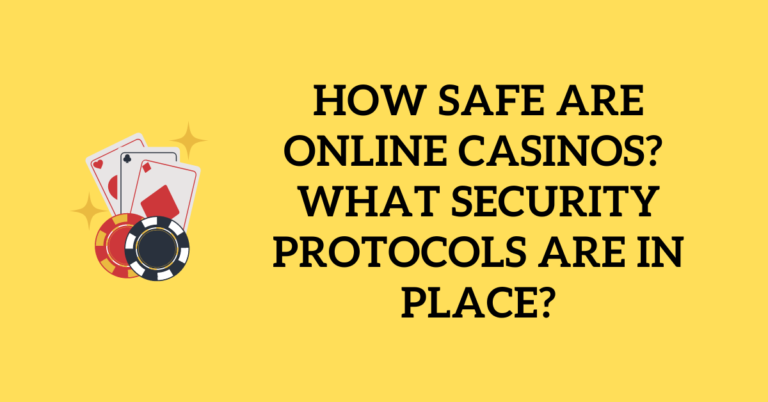
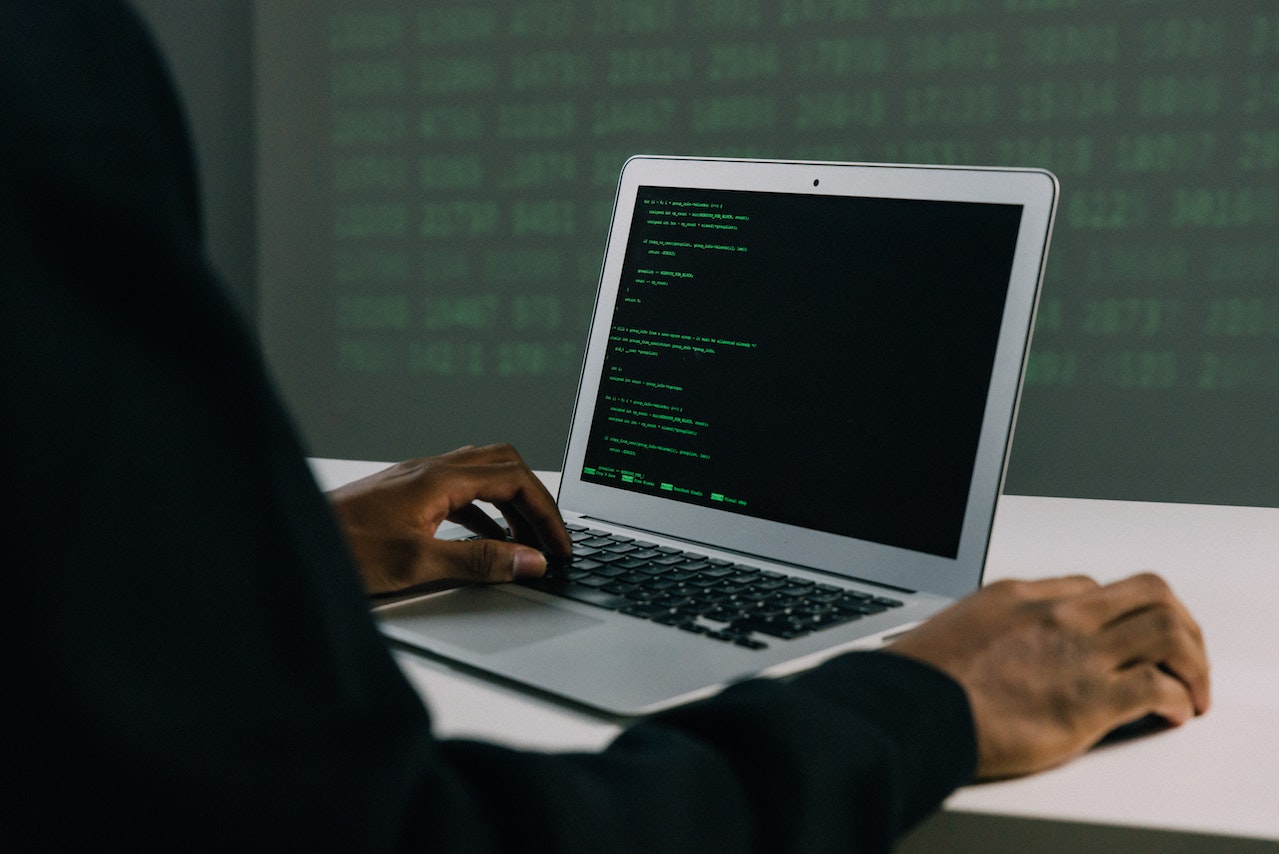

![15 Best Proxy Service For 2025 [Tested, Reviewed & Ranked] 15 Best Proxy Service For 2025 [Tested, Reviewed & Ranked]](https://secureblitz.com/wp-content/uploads/2023/07/Best-Proxy-Service-768x402.jpg)
